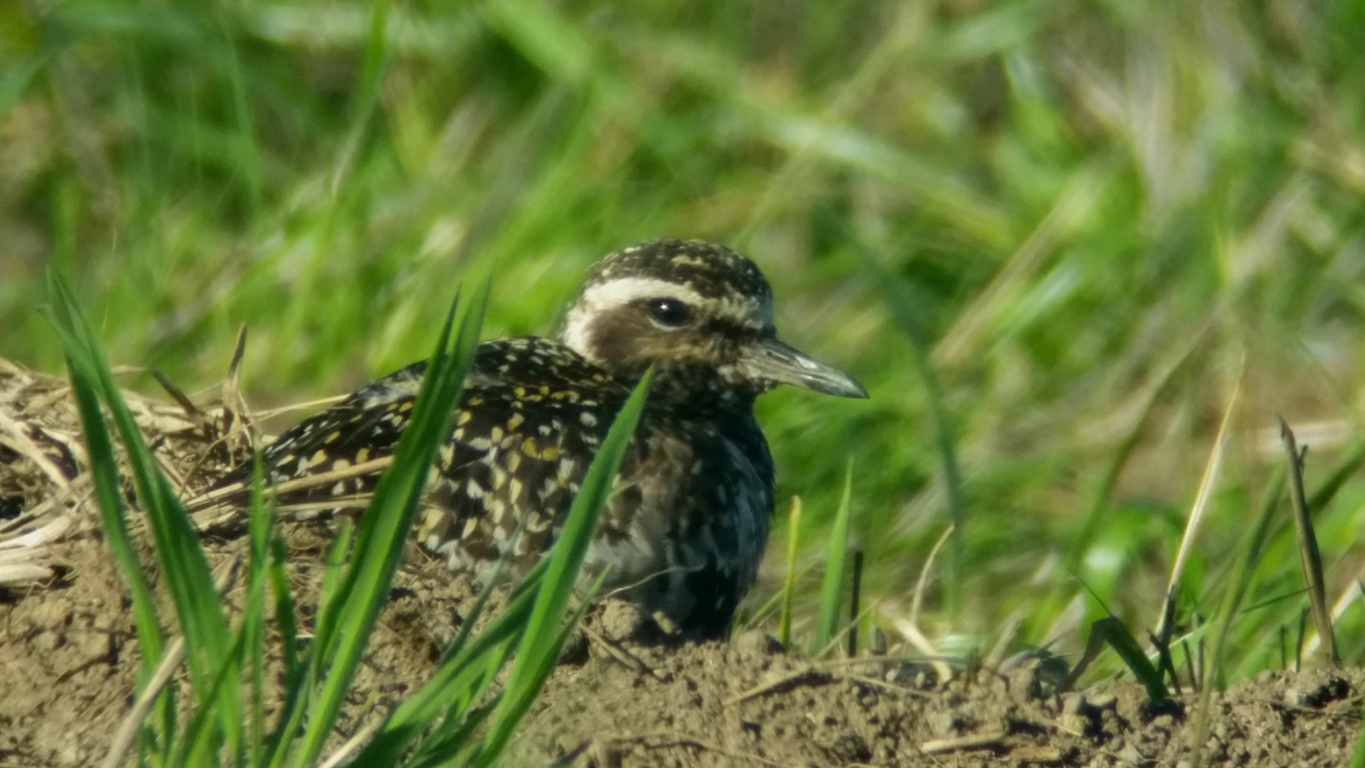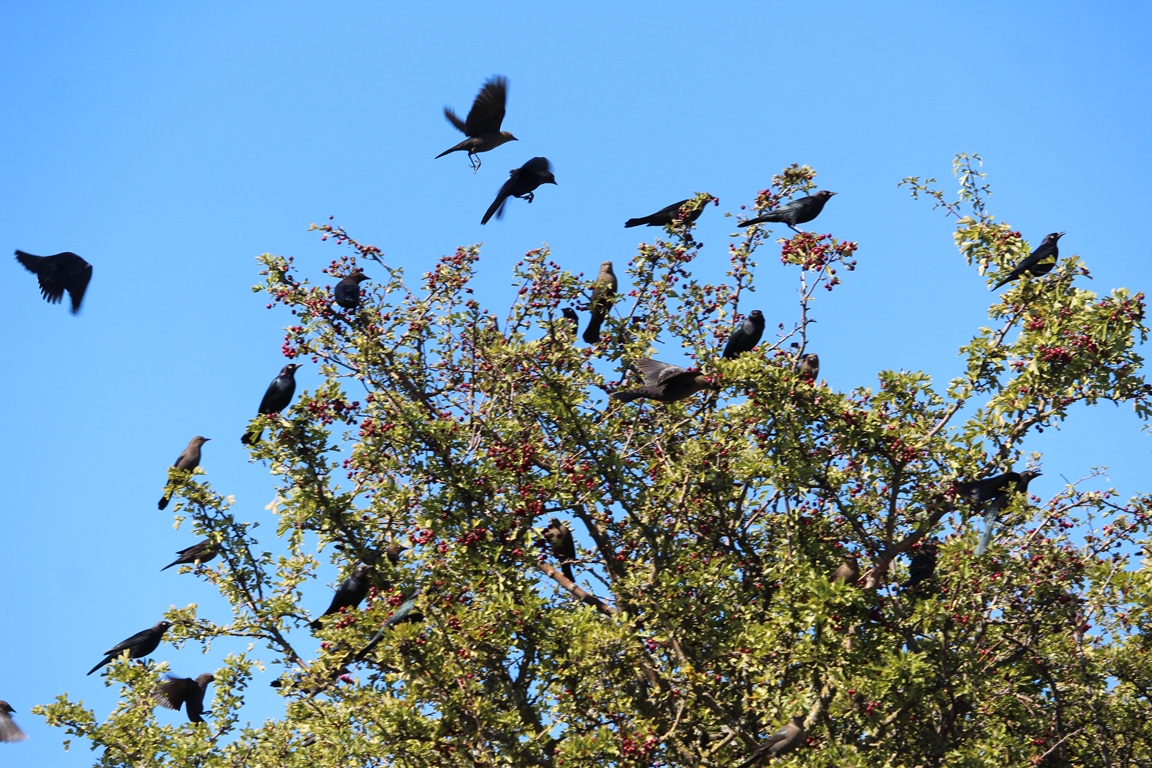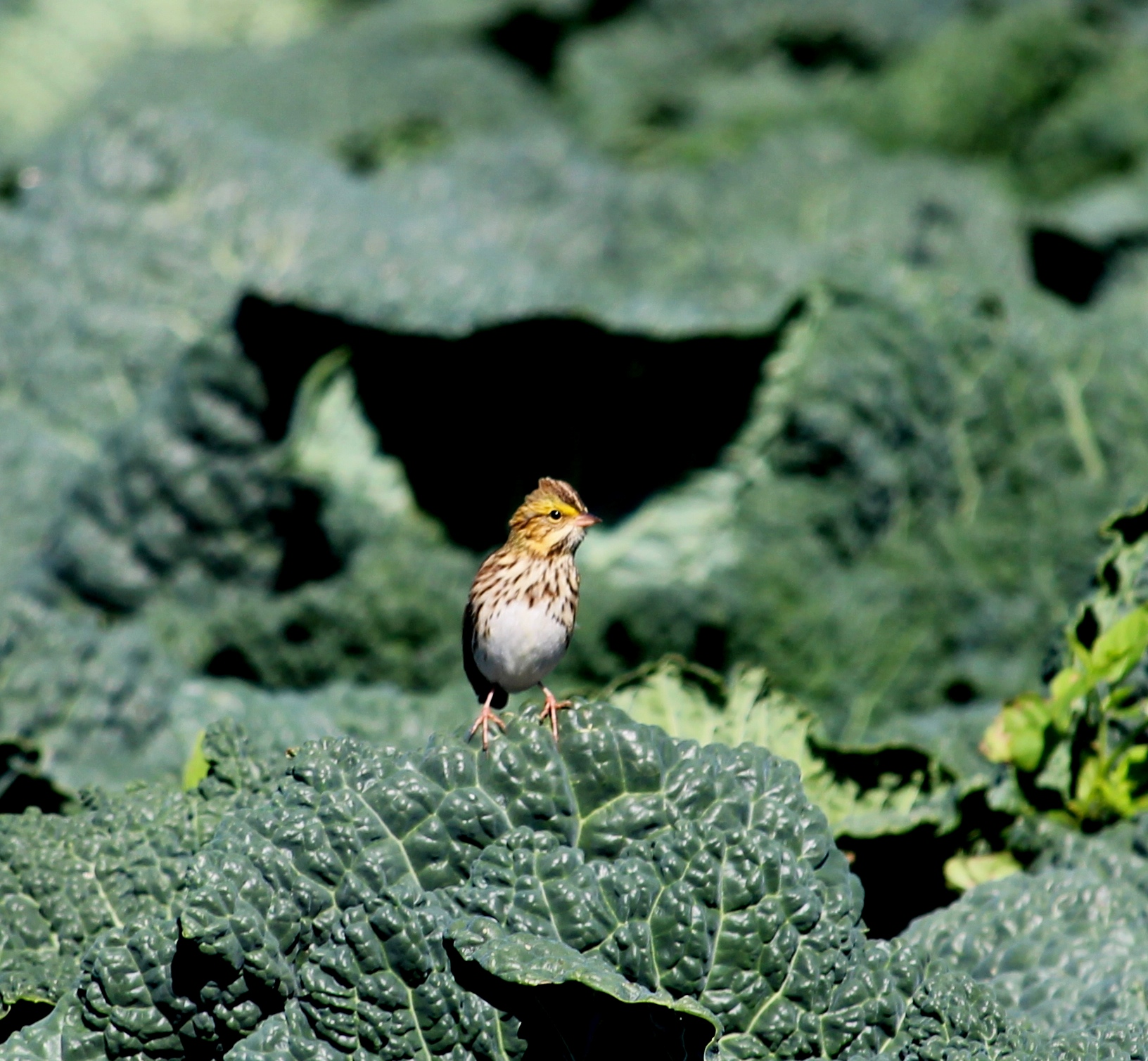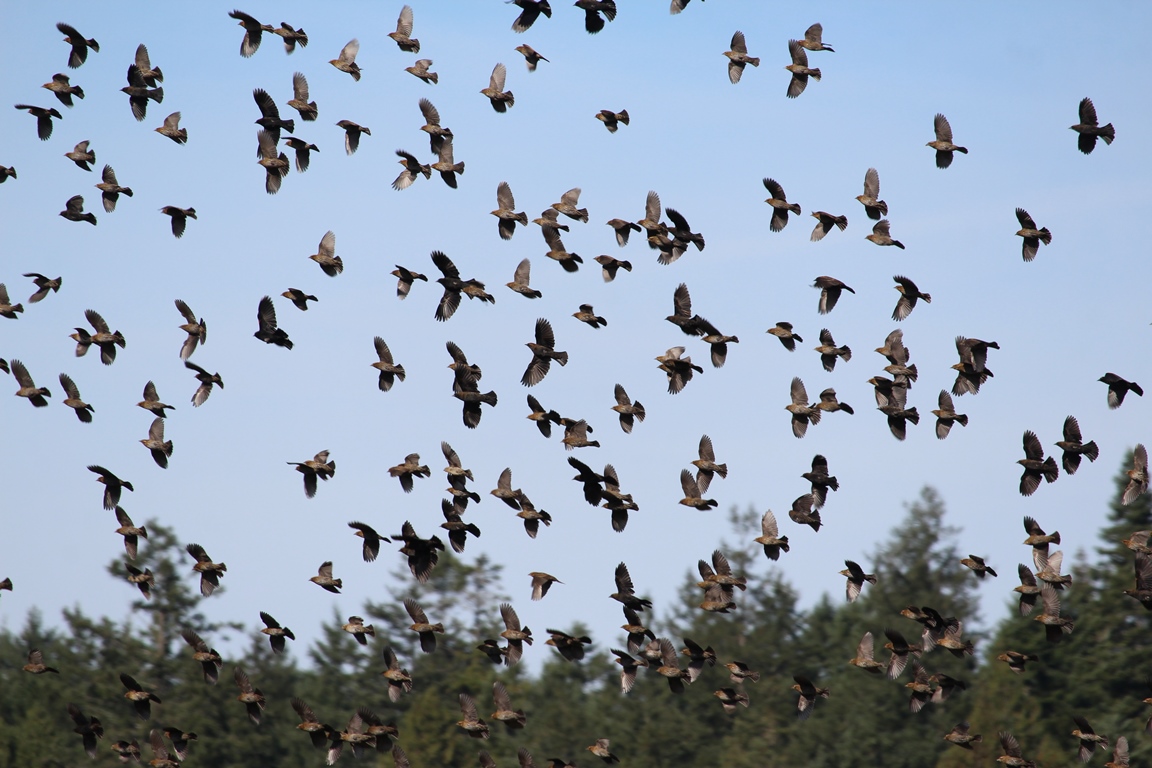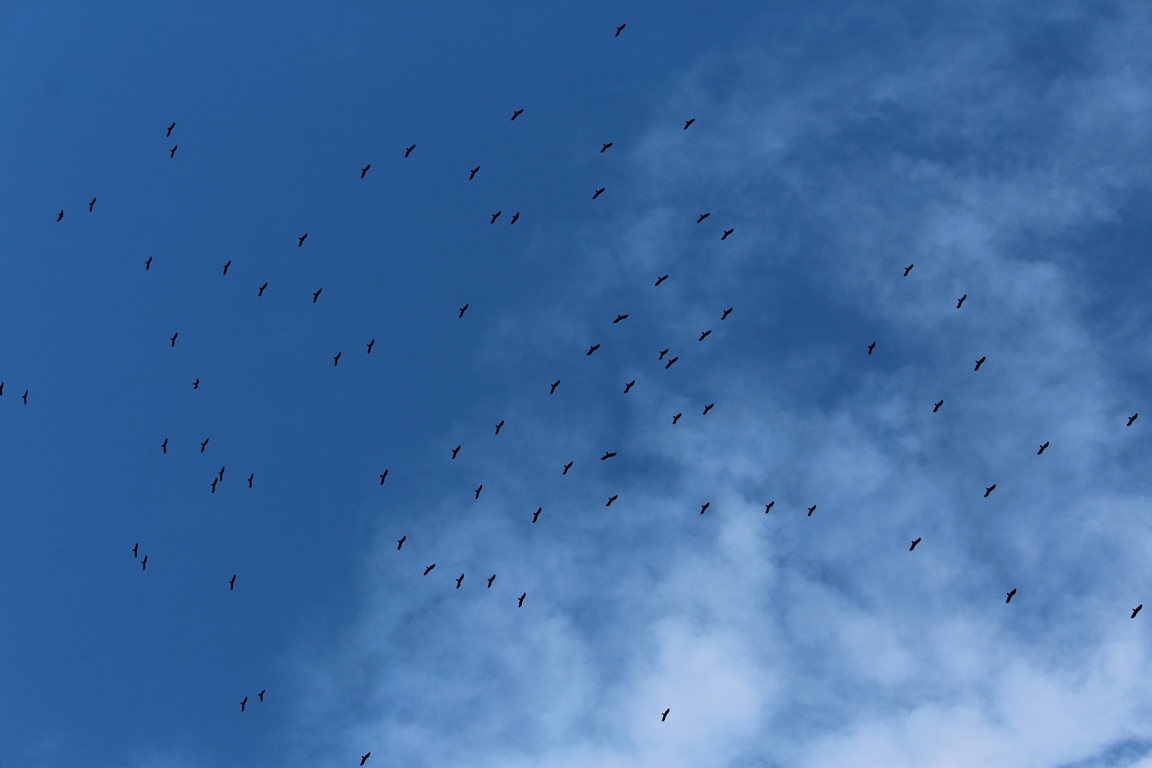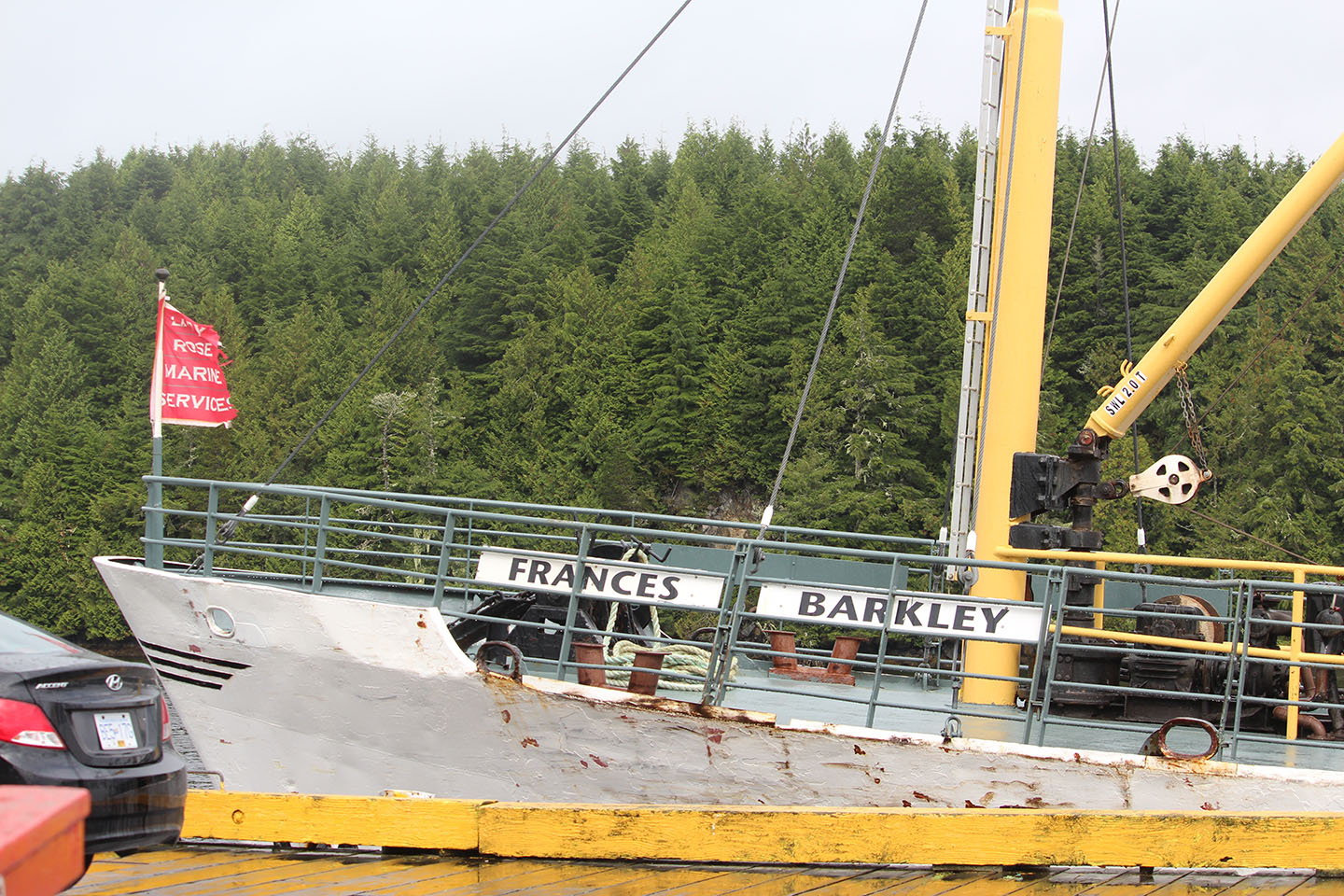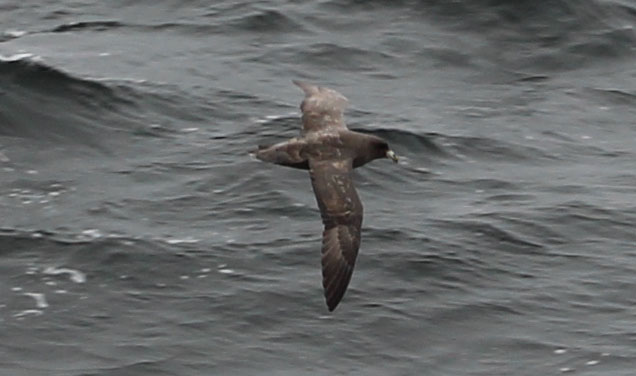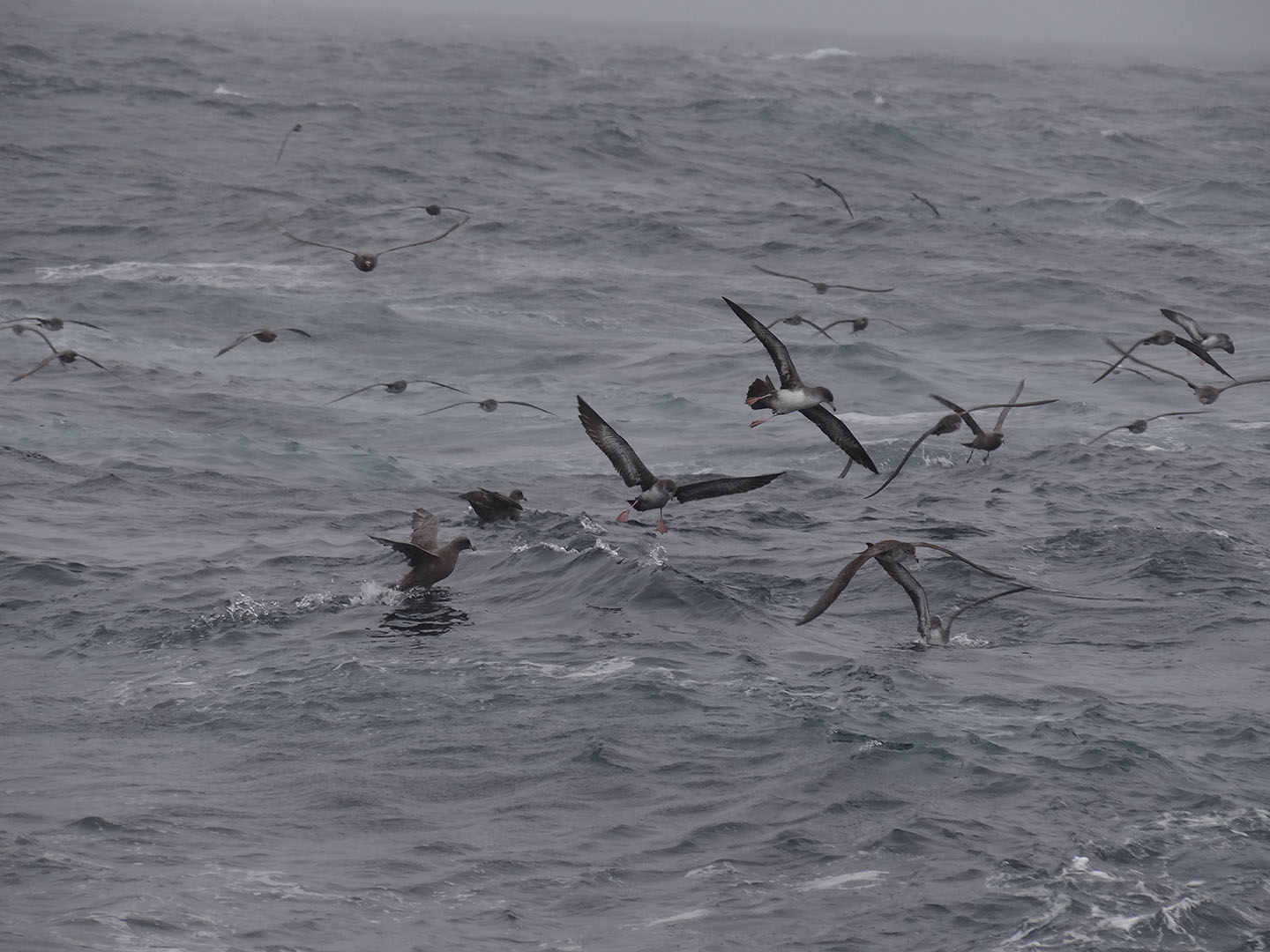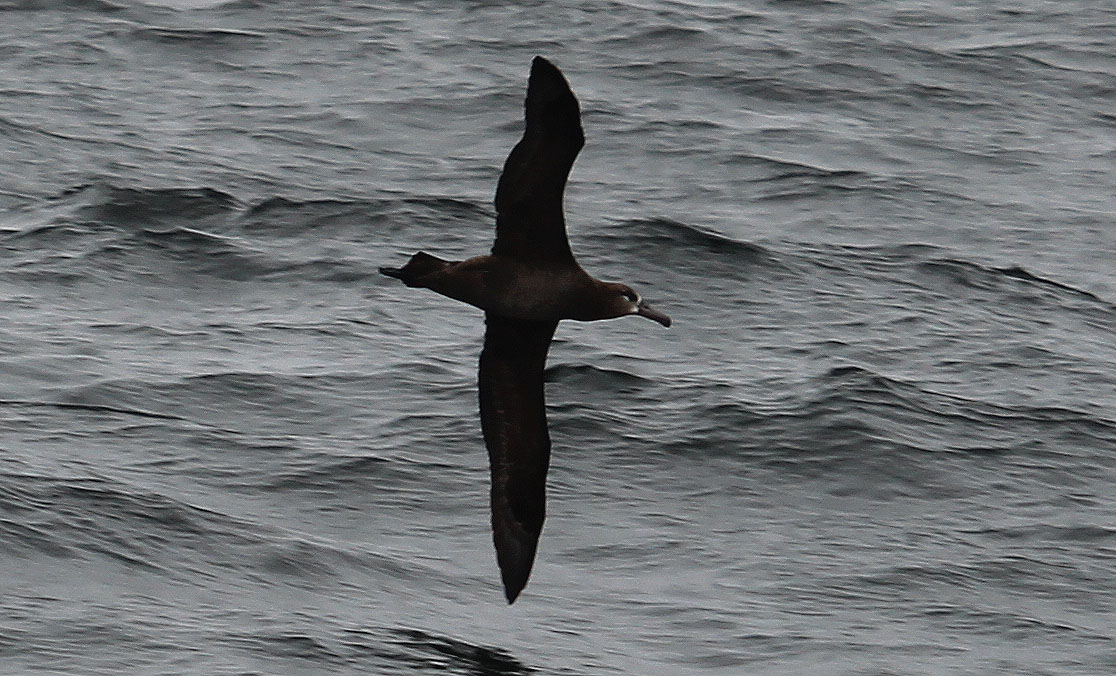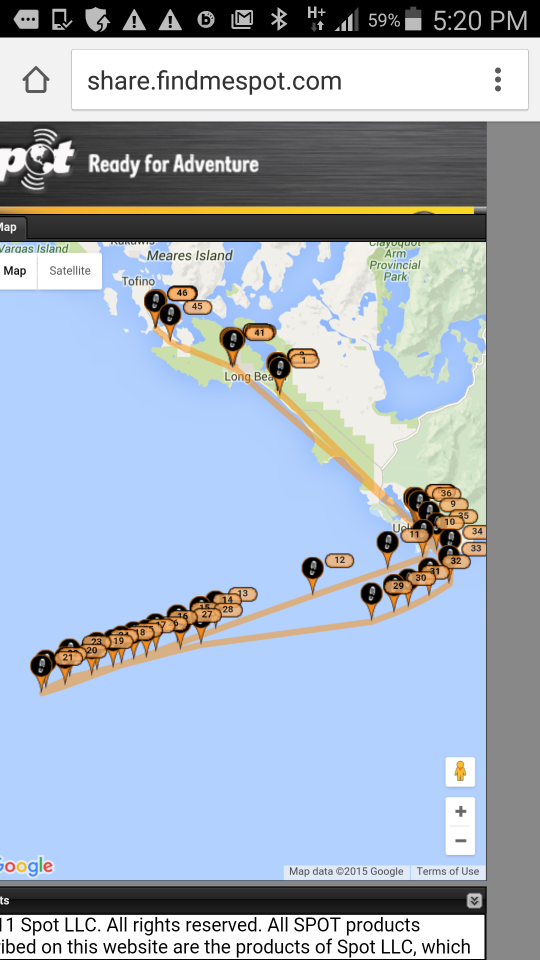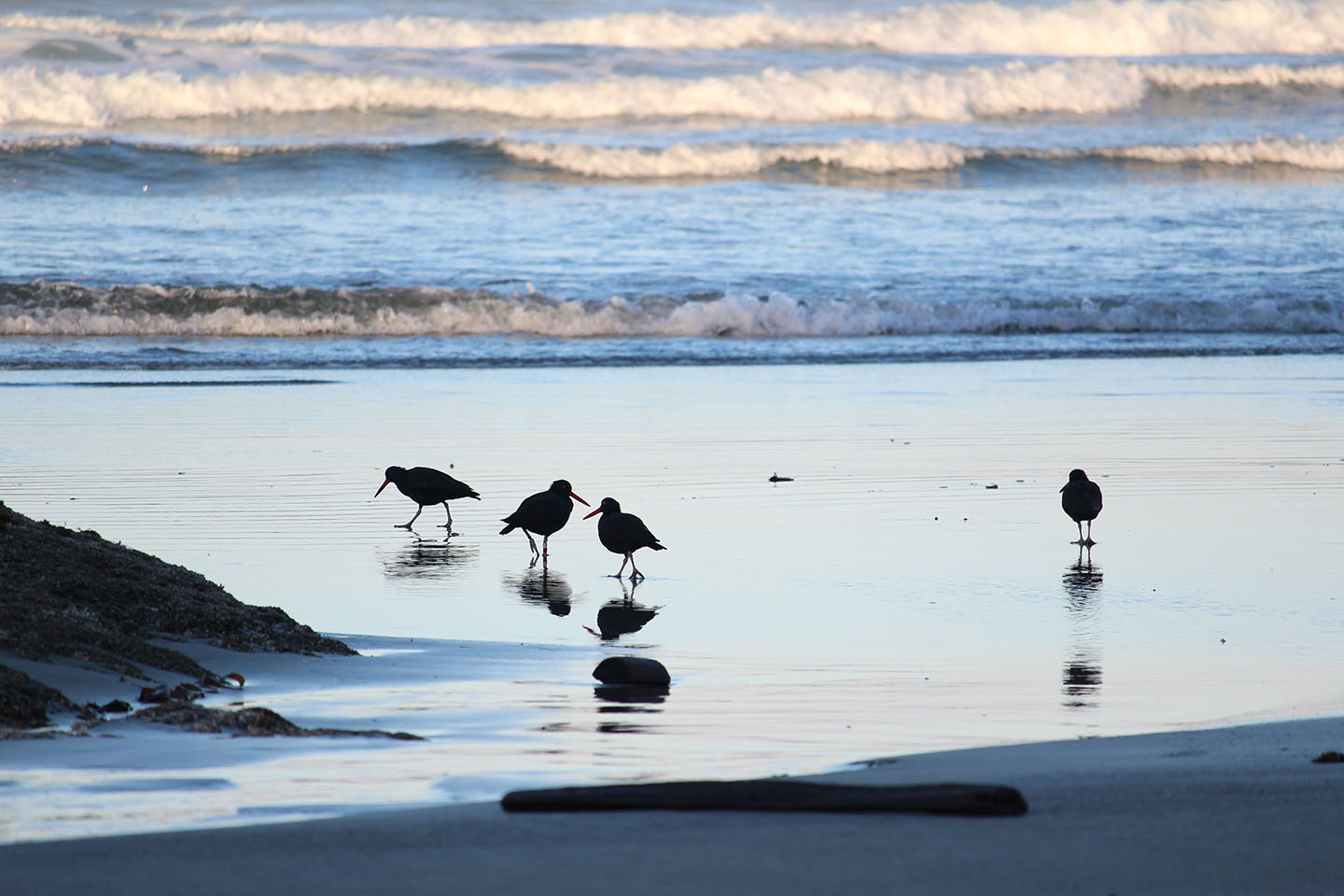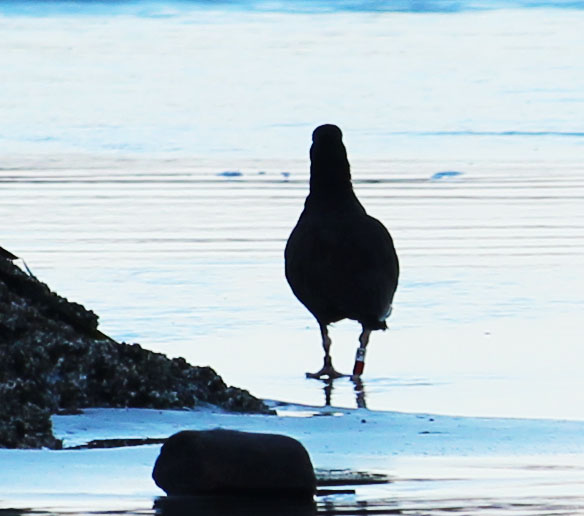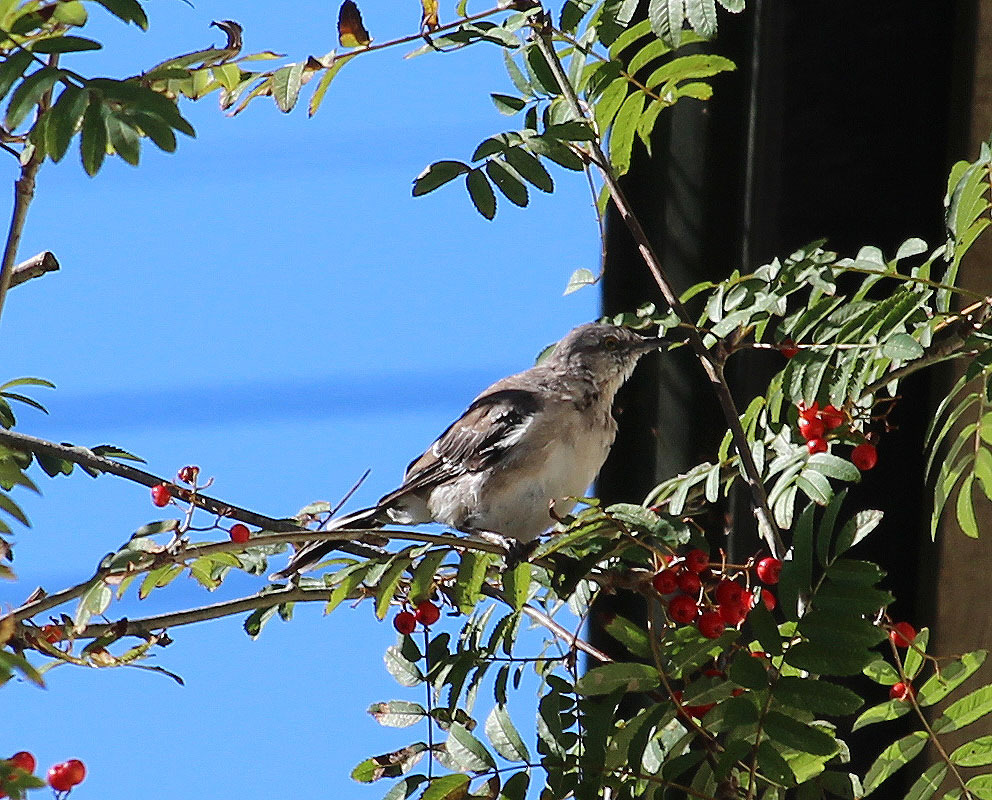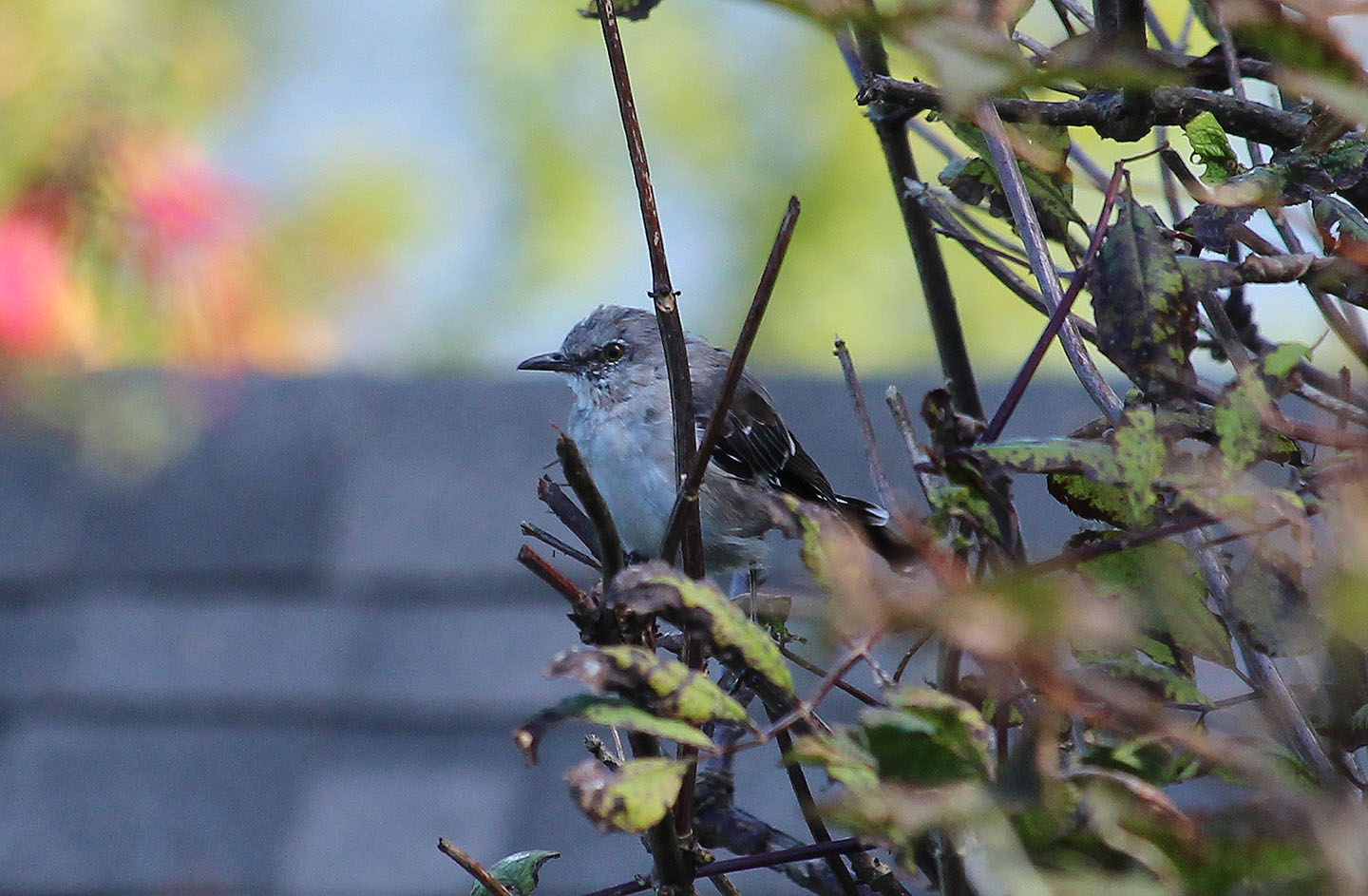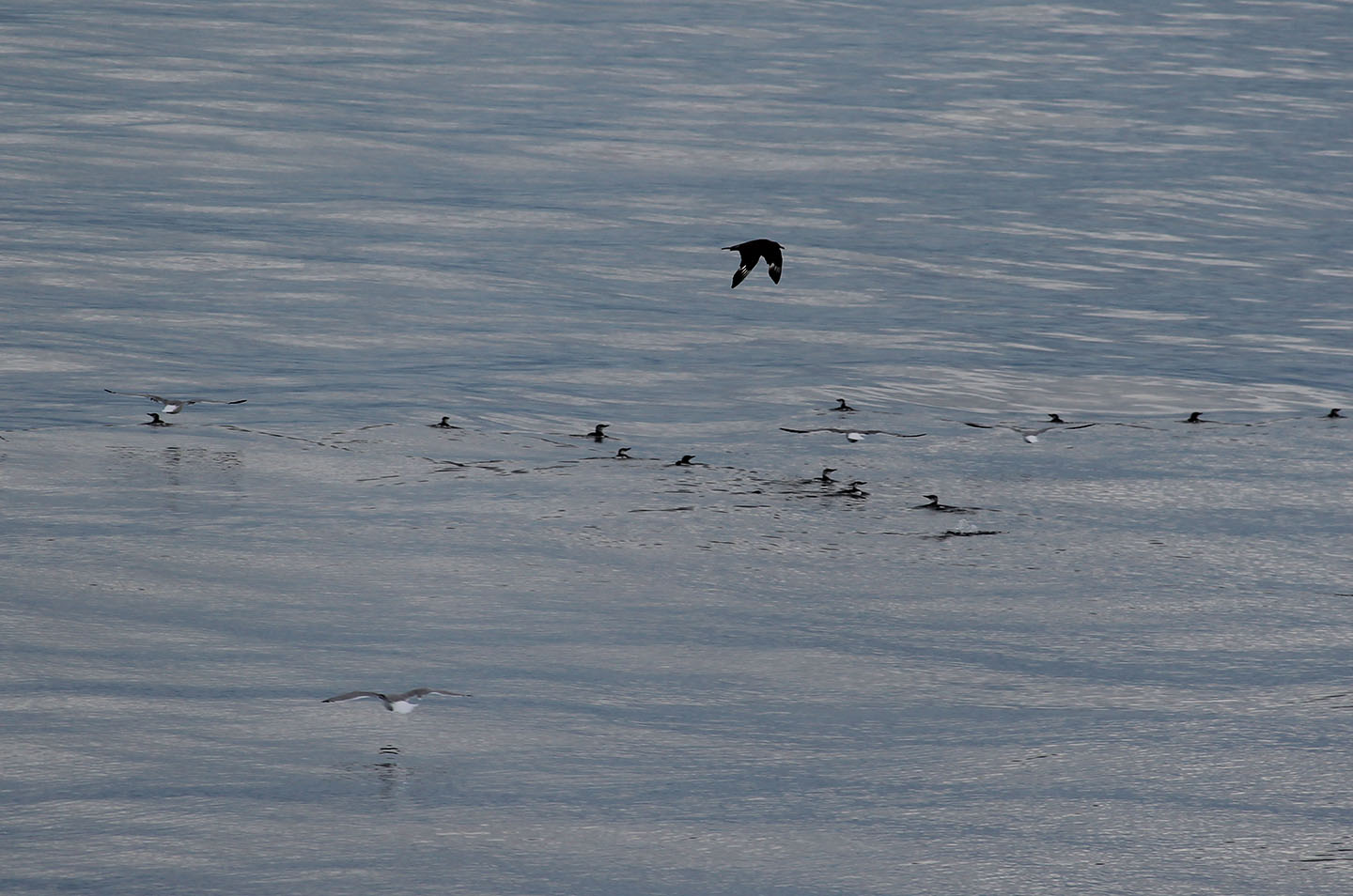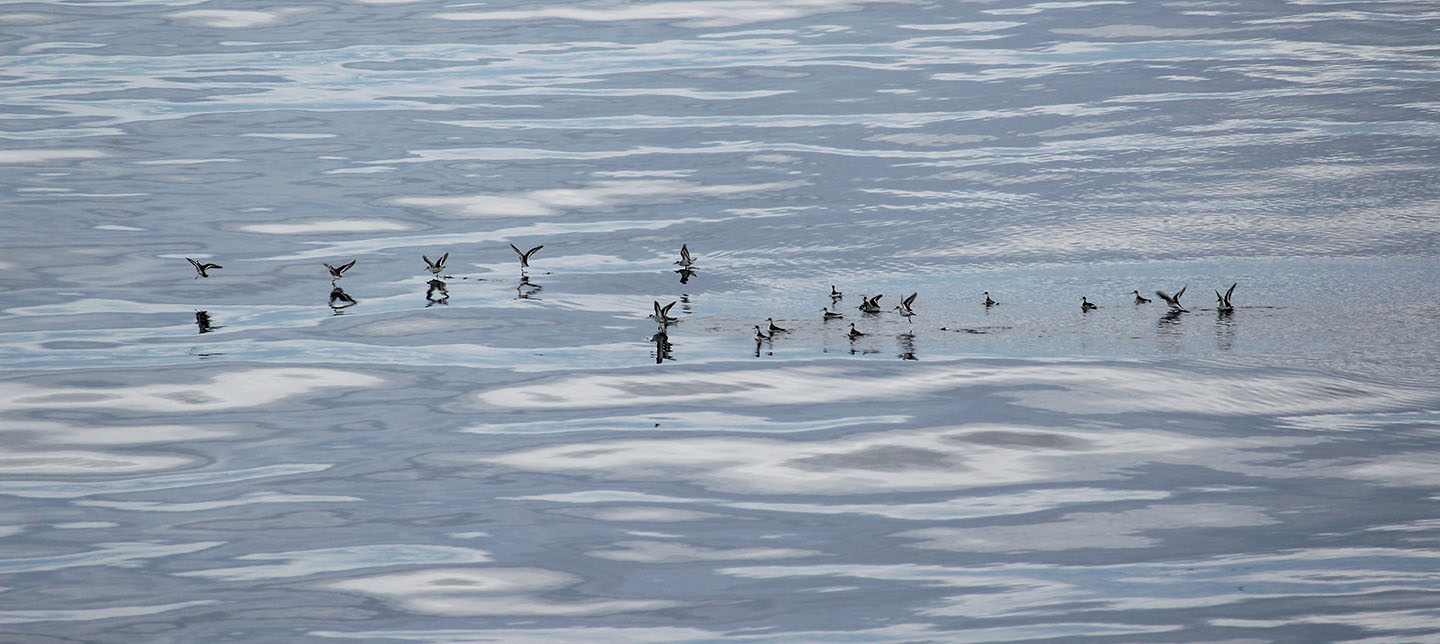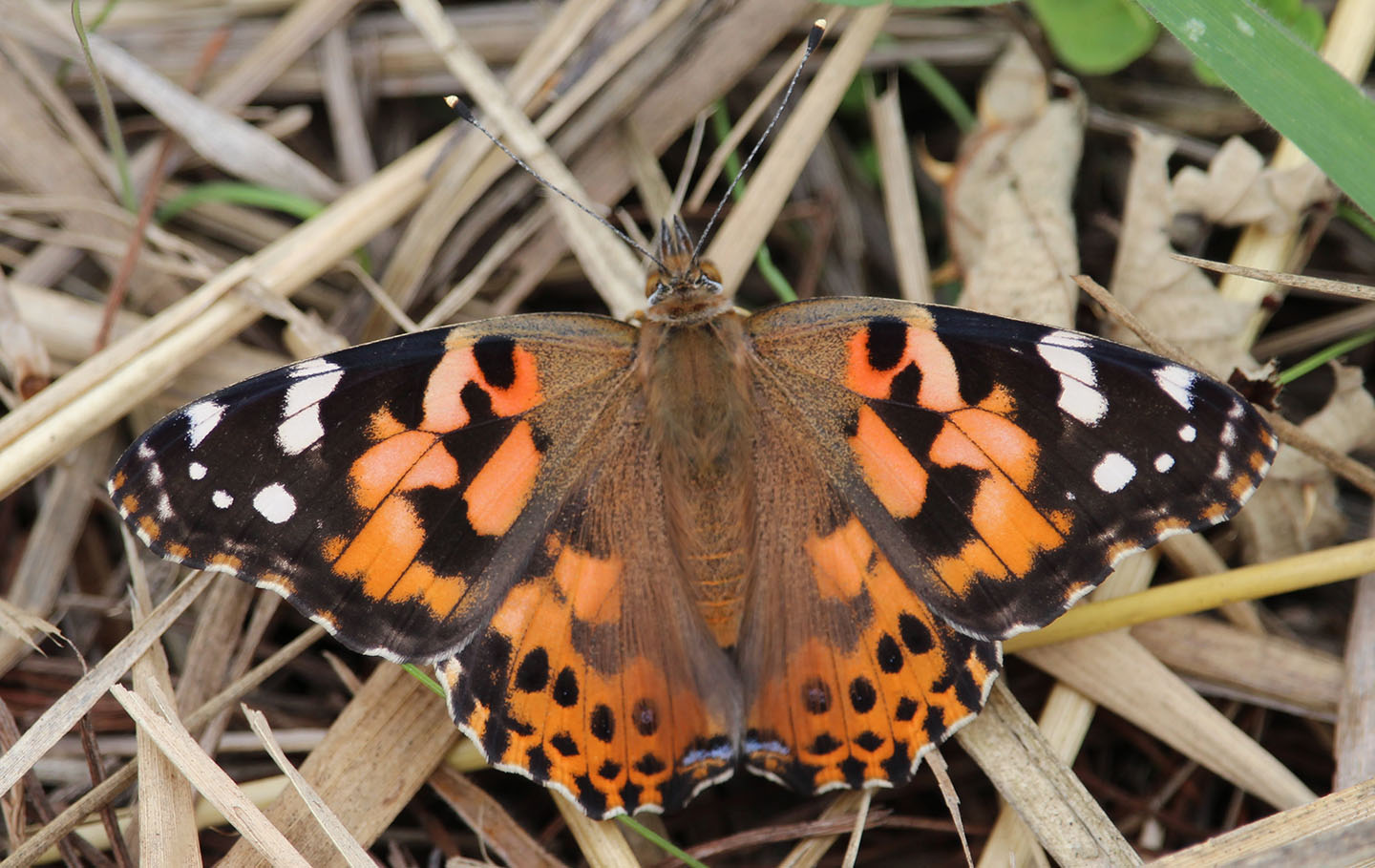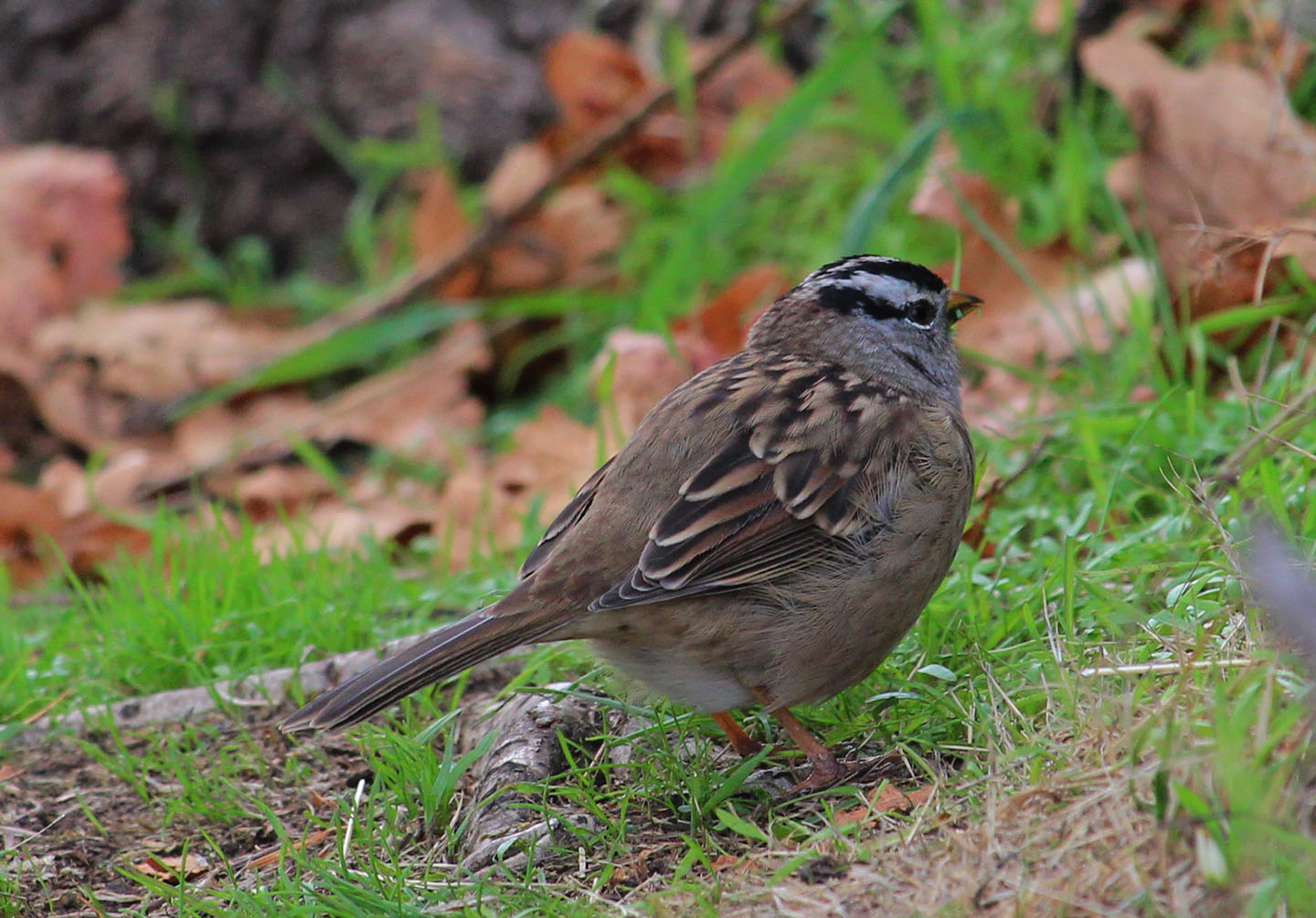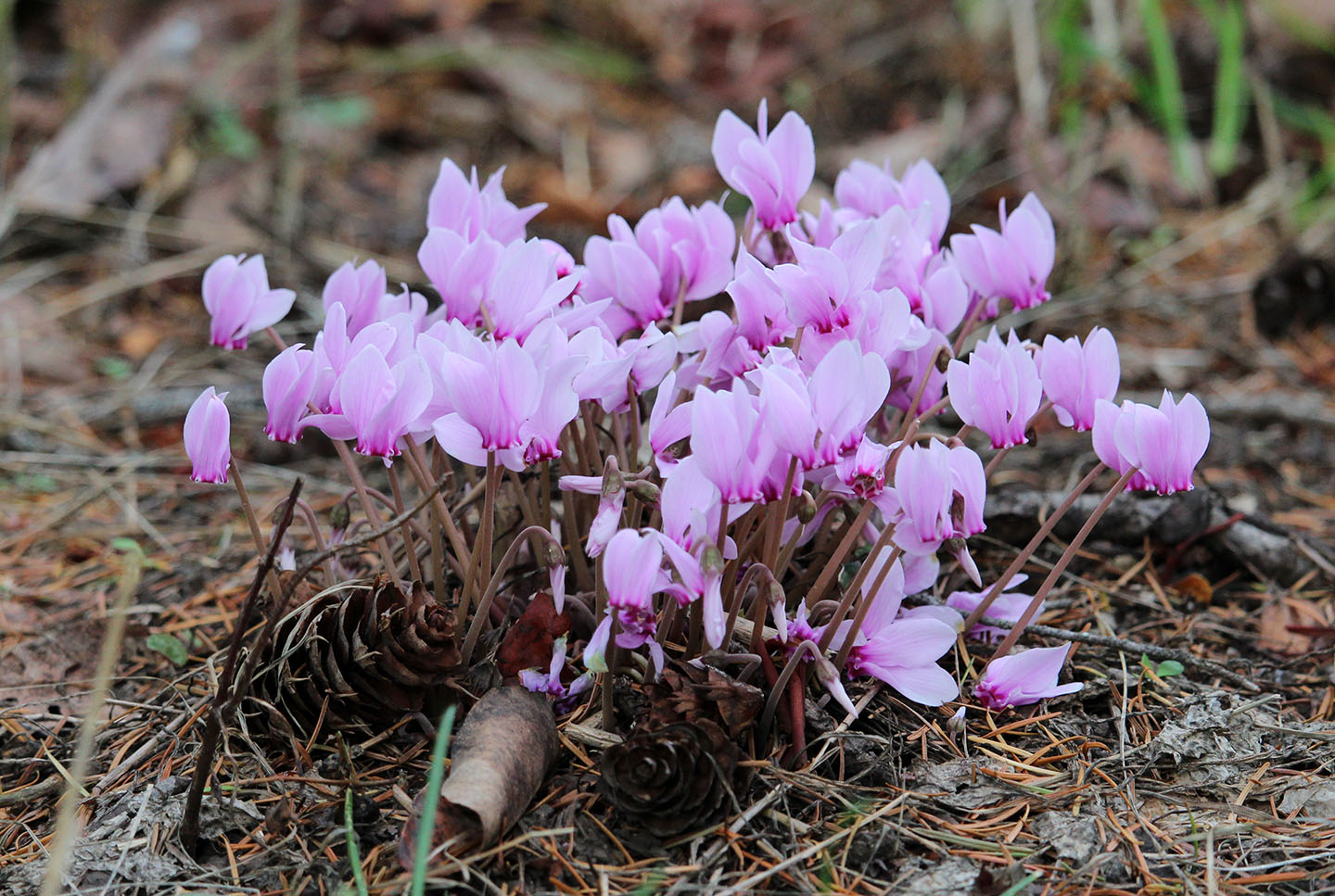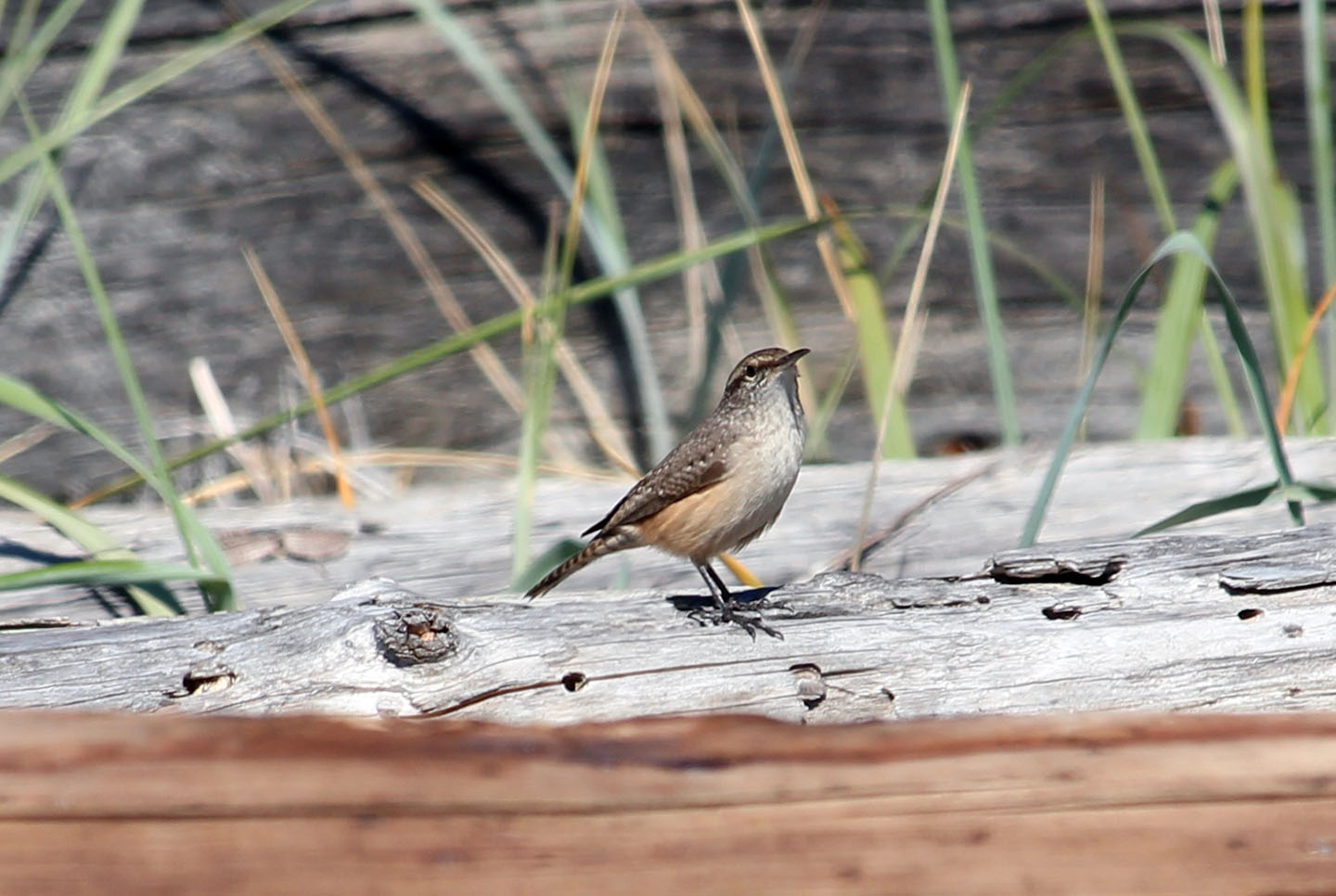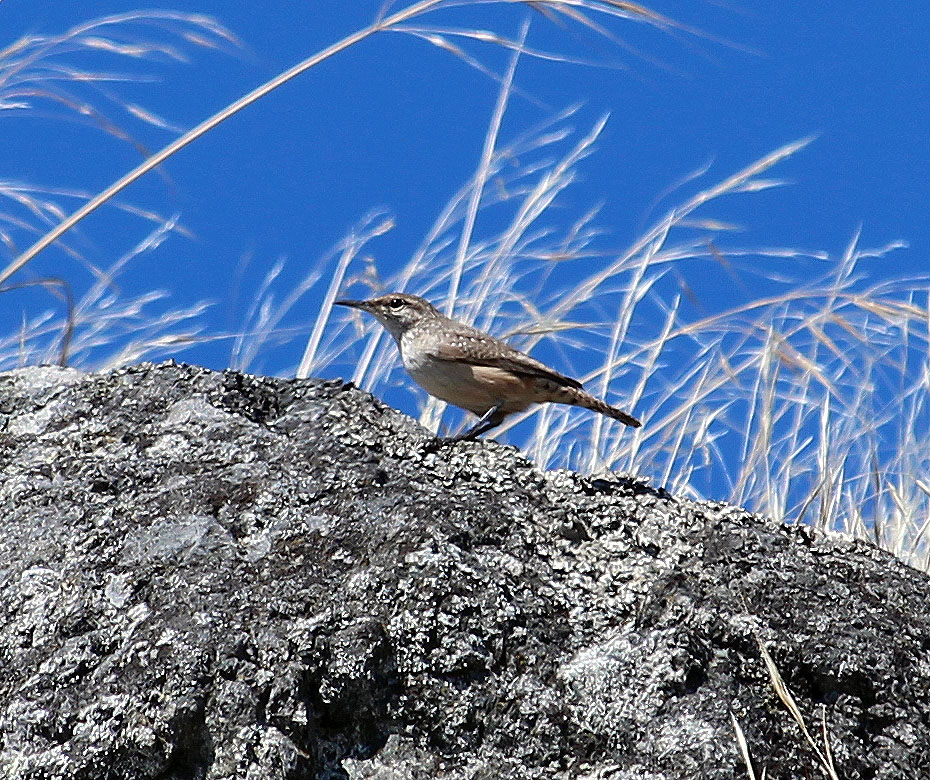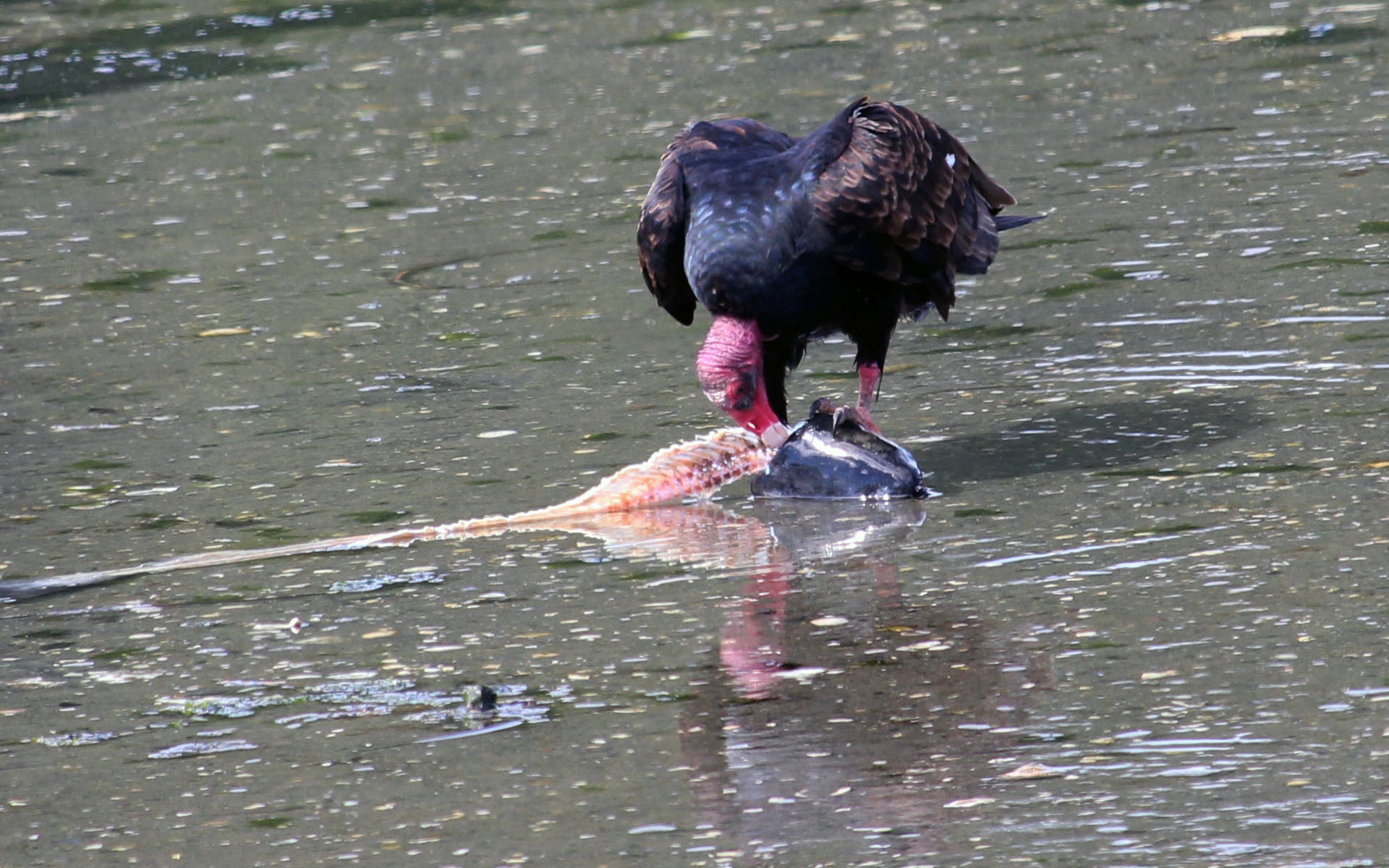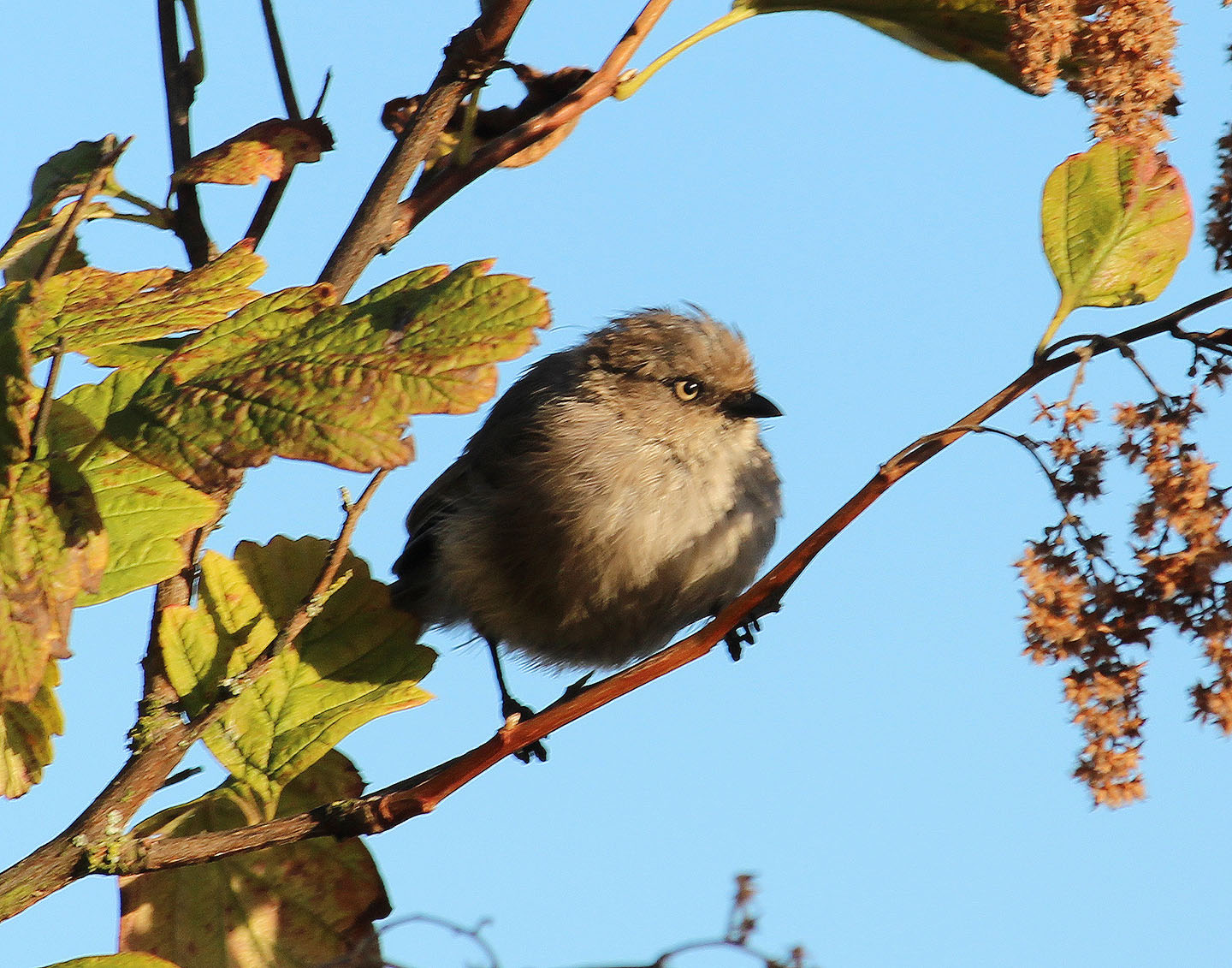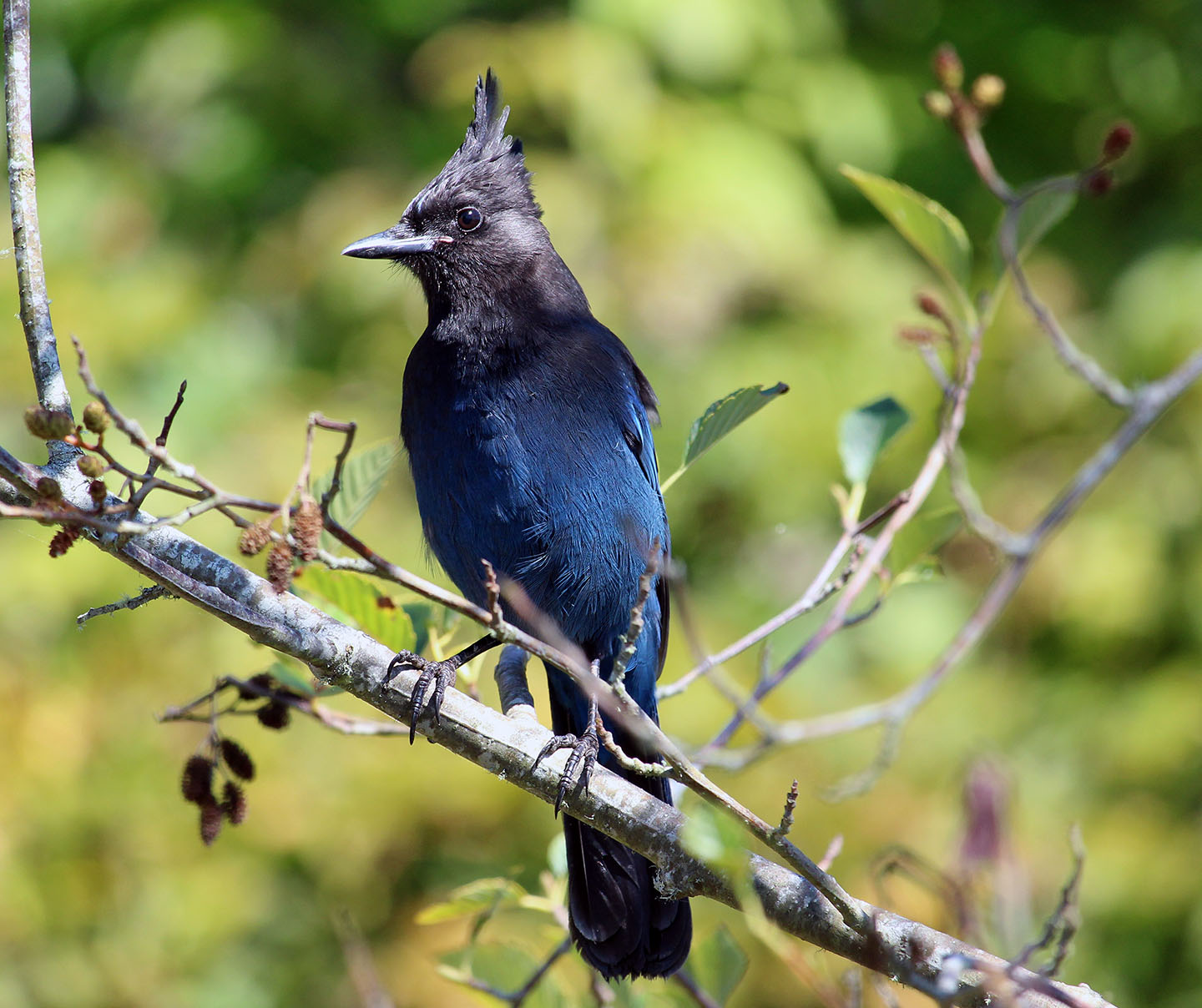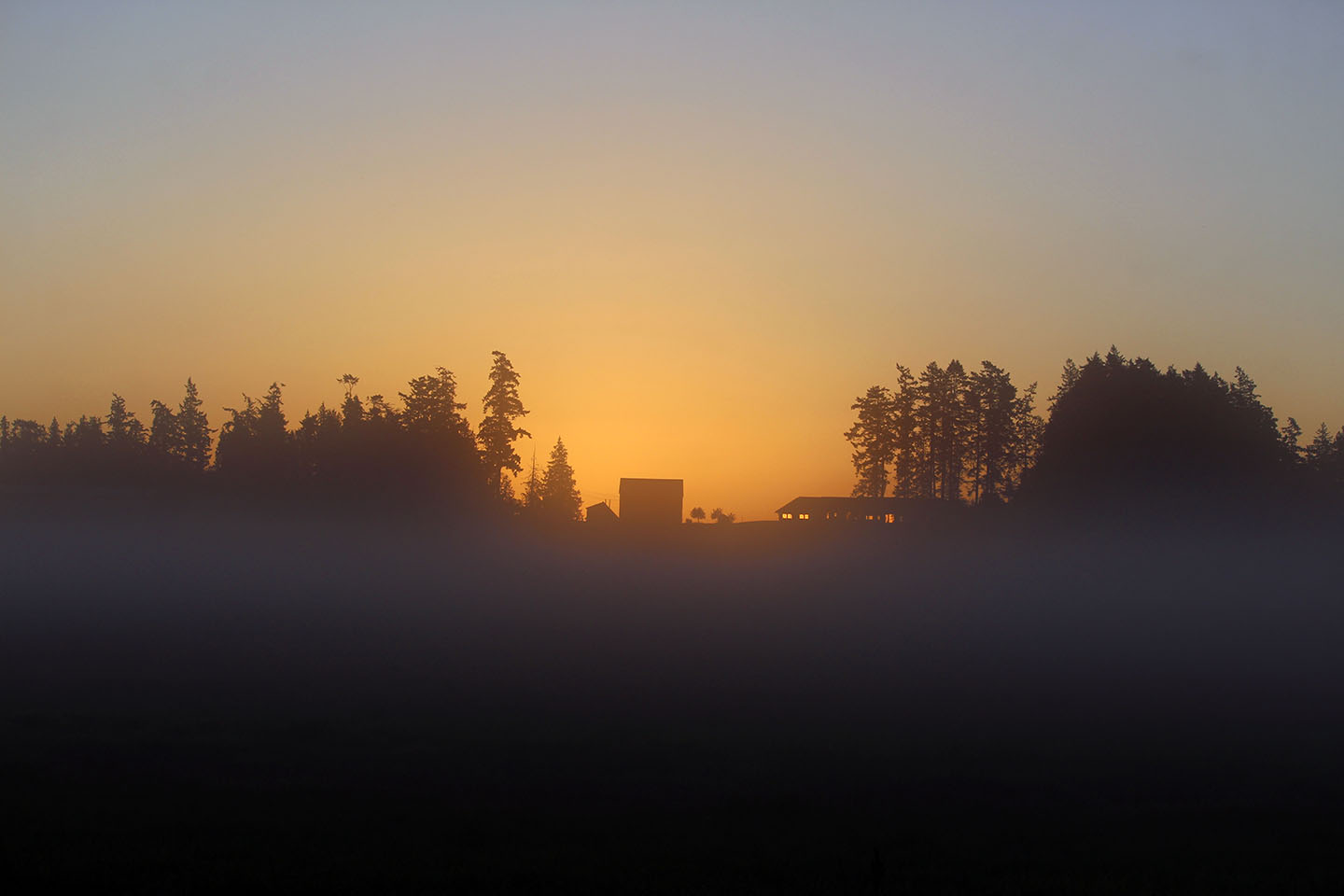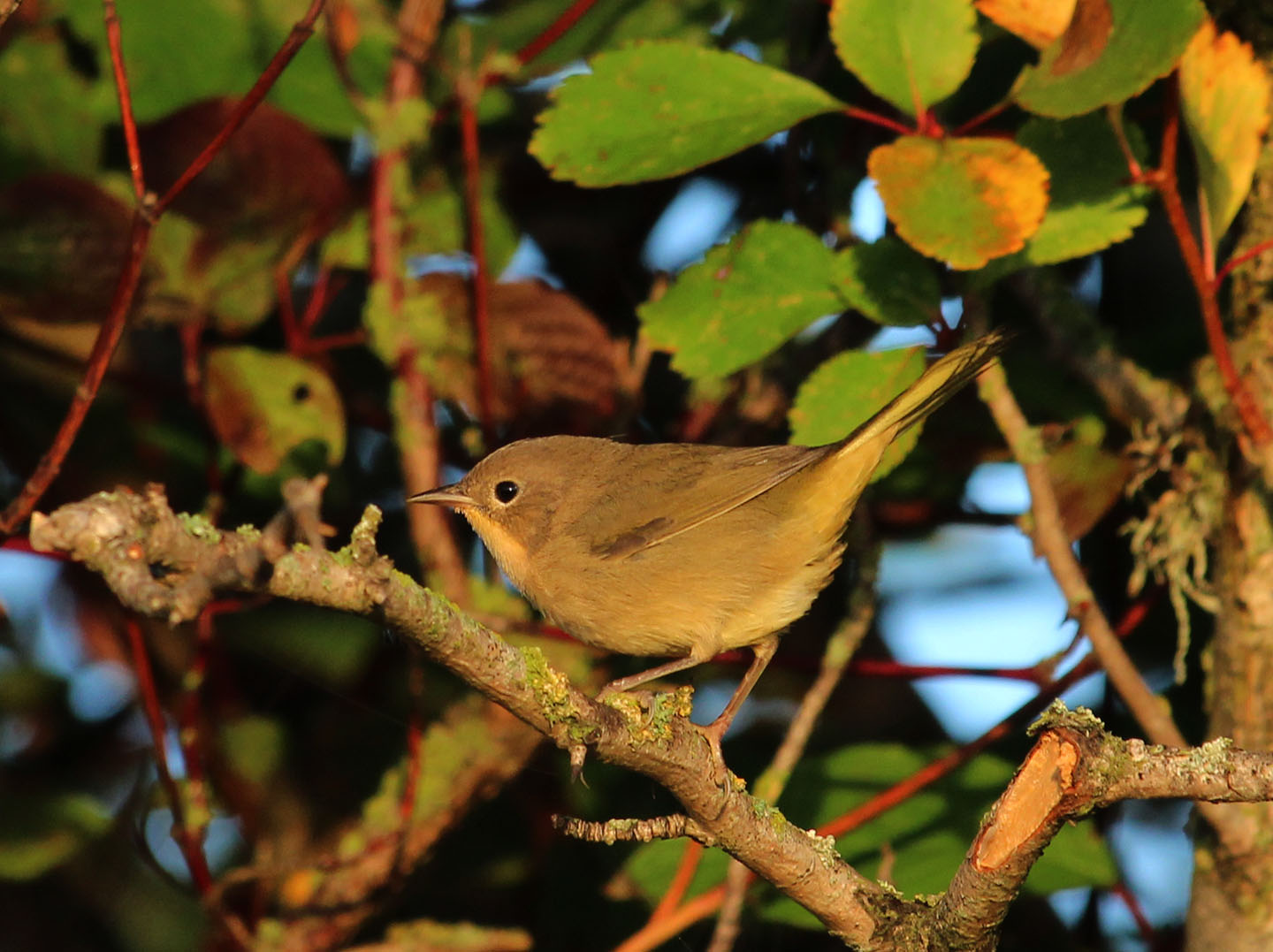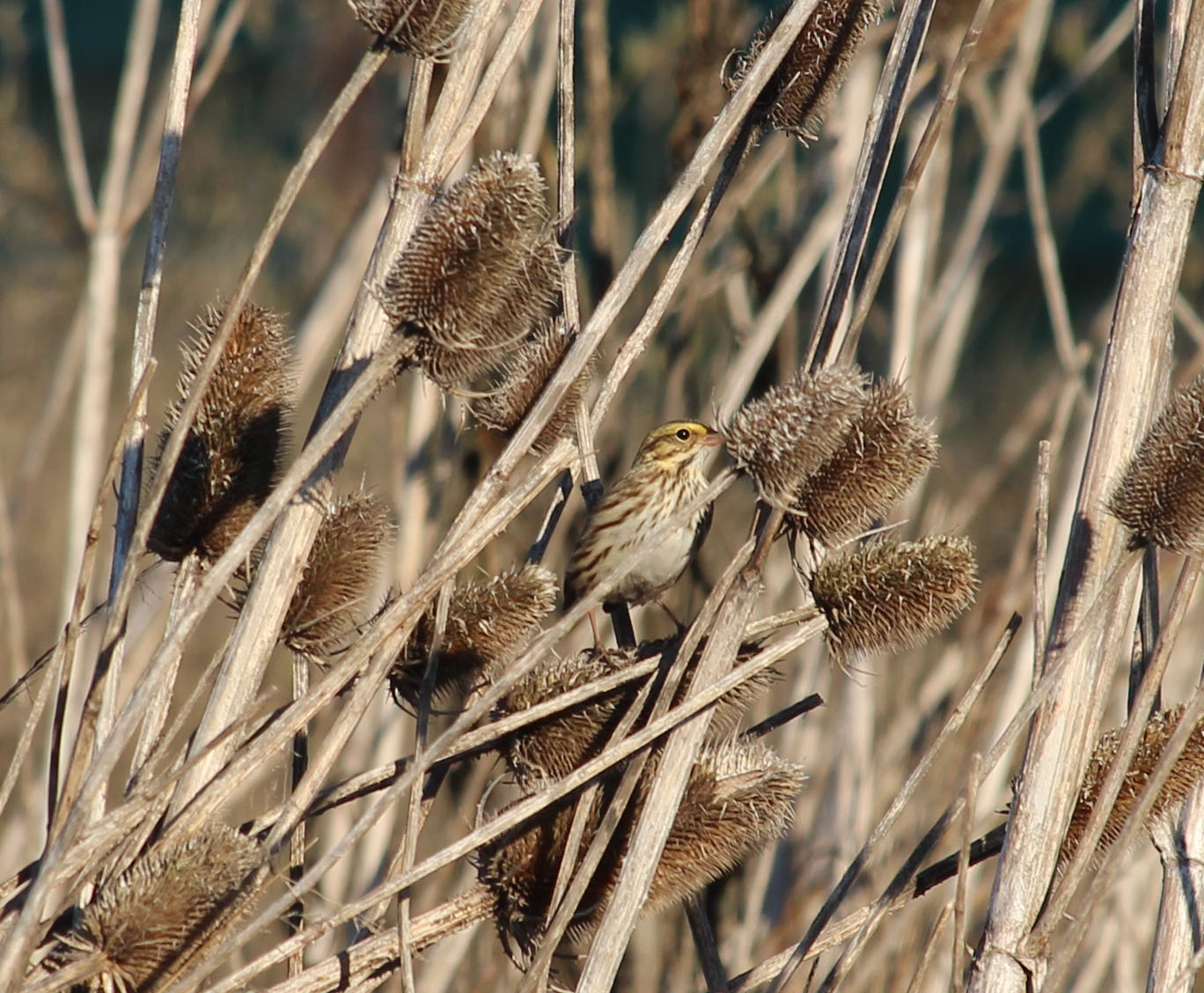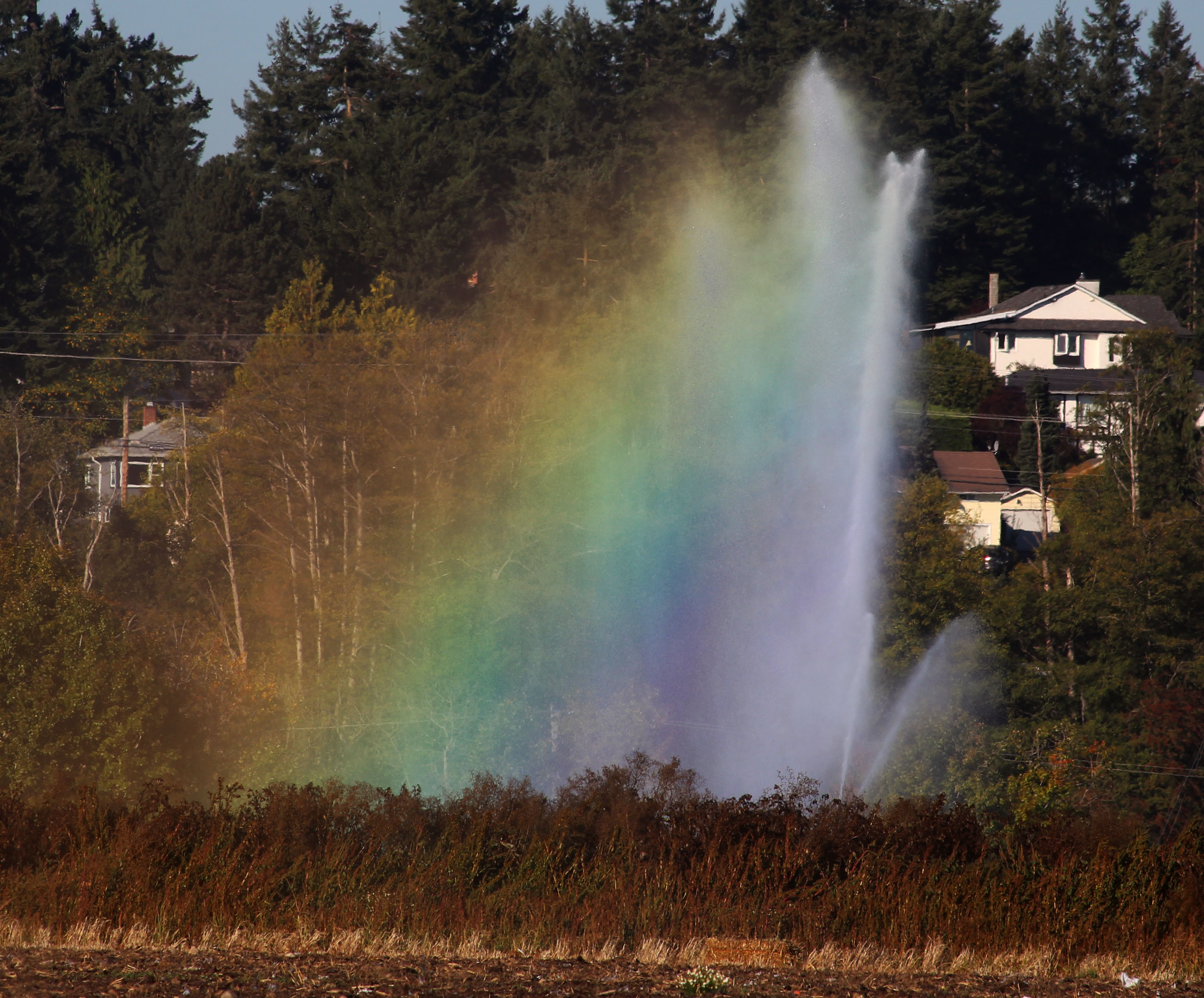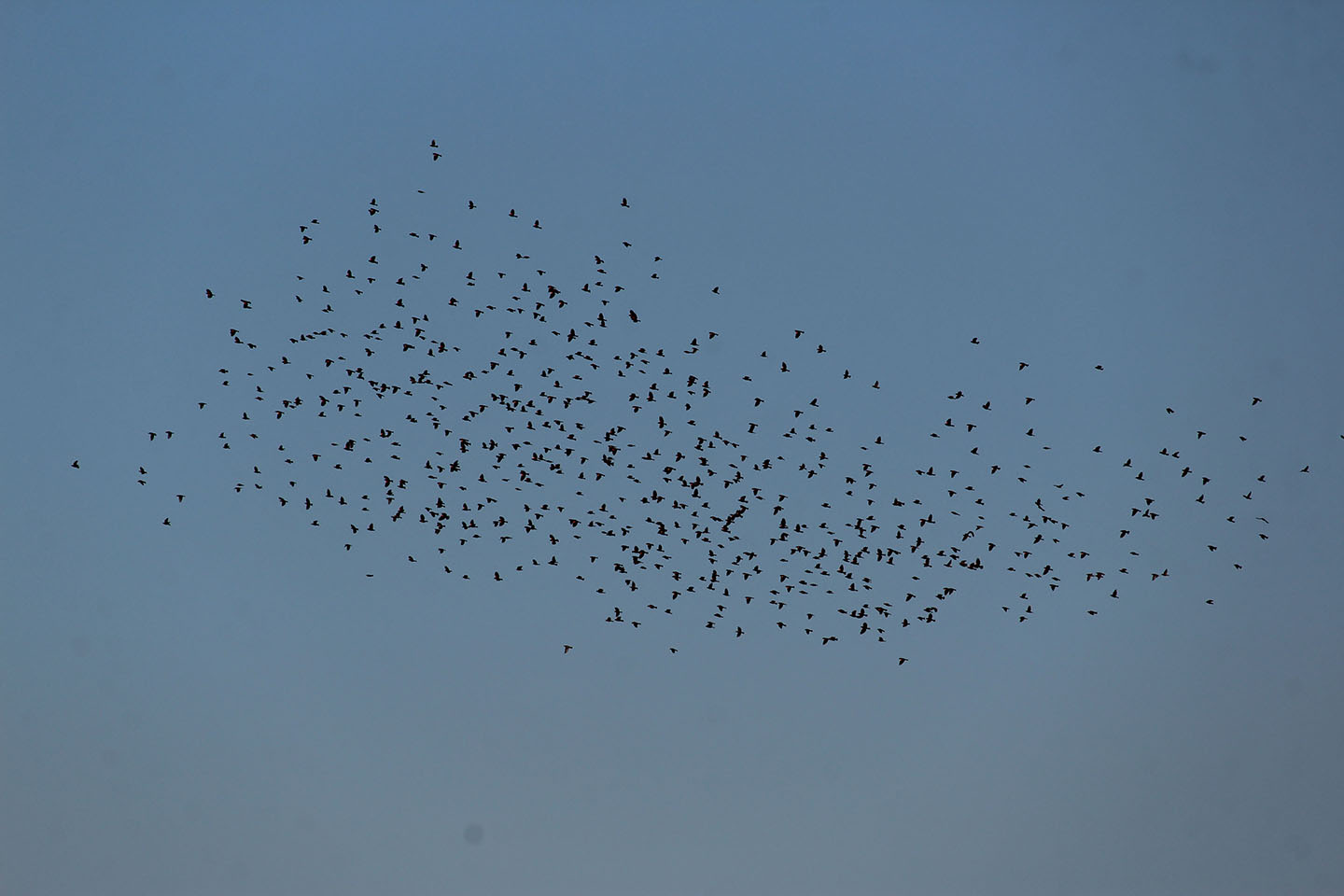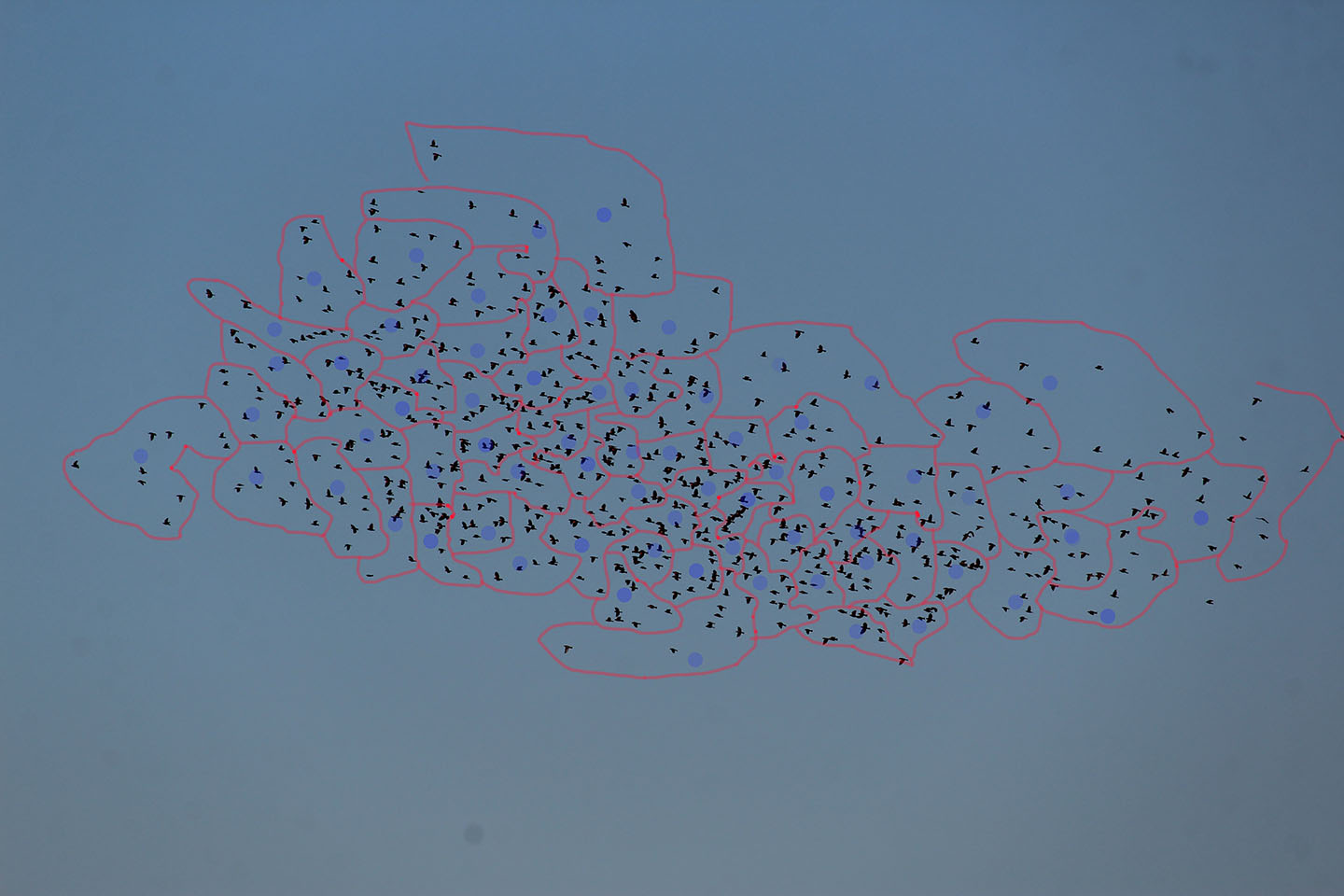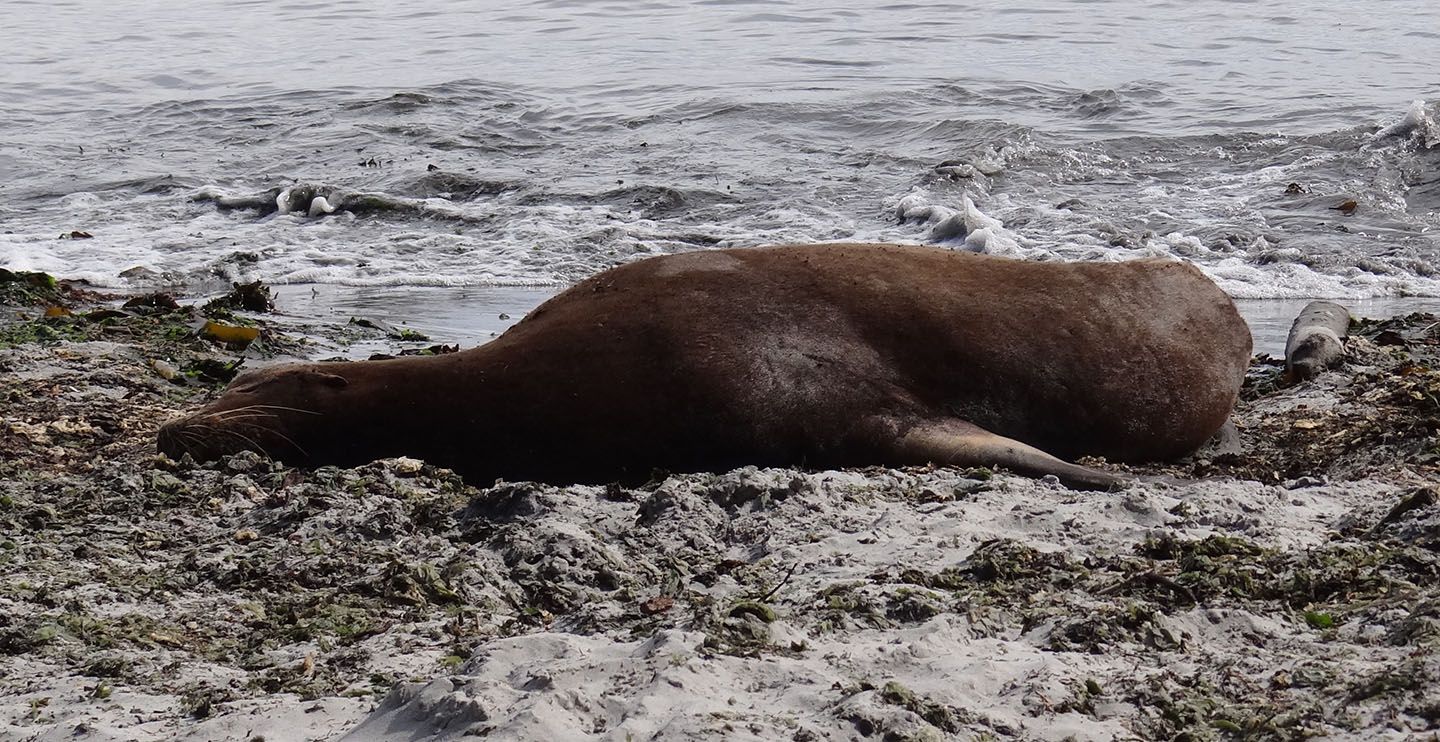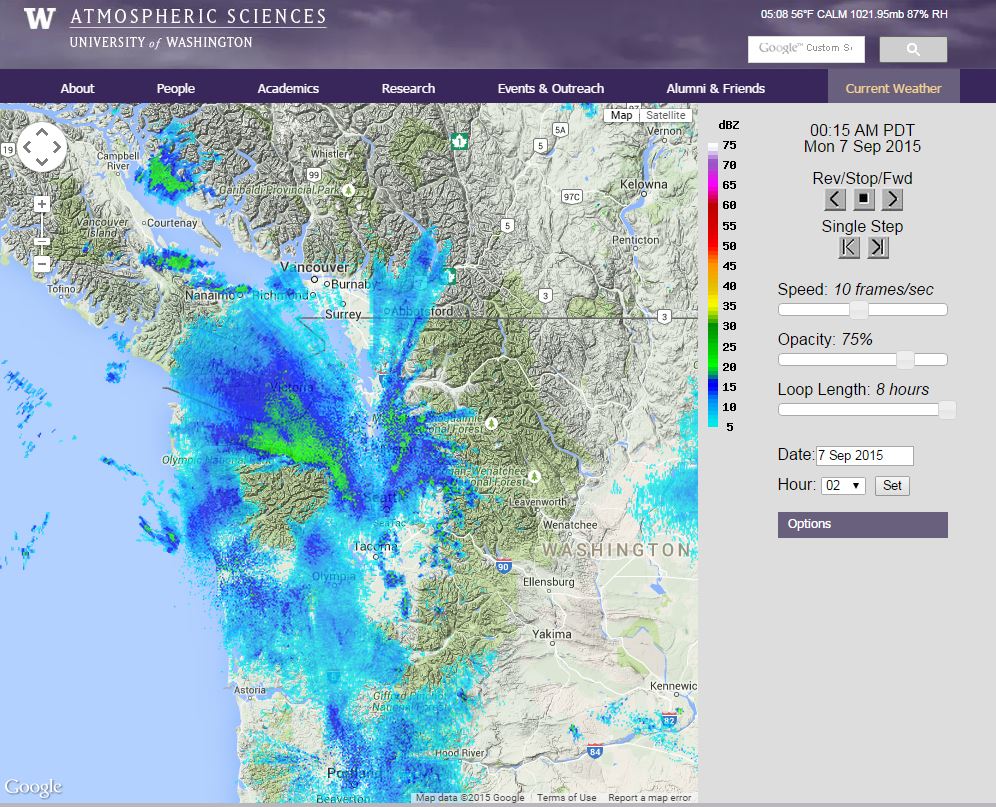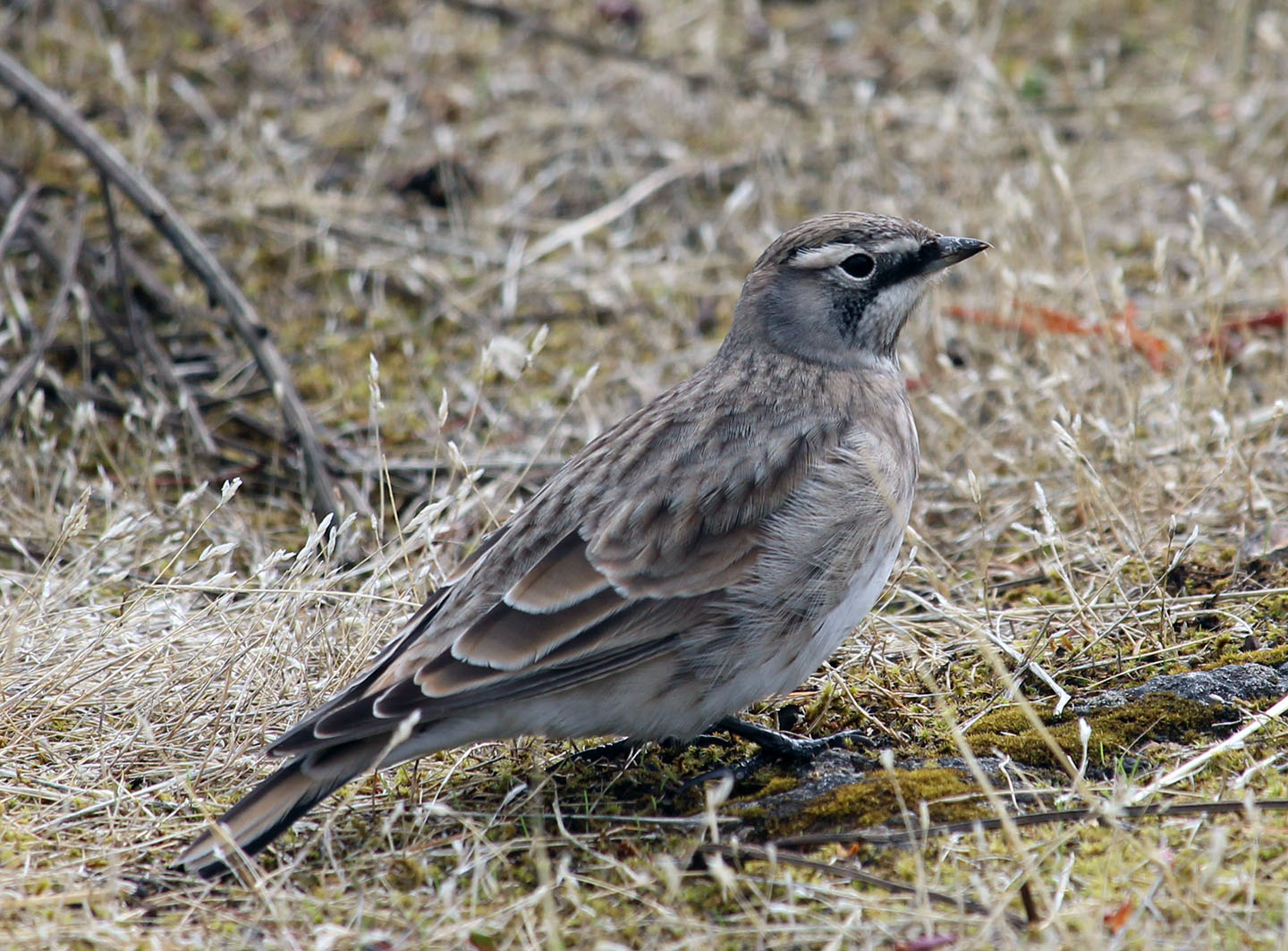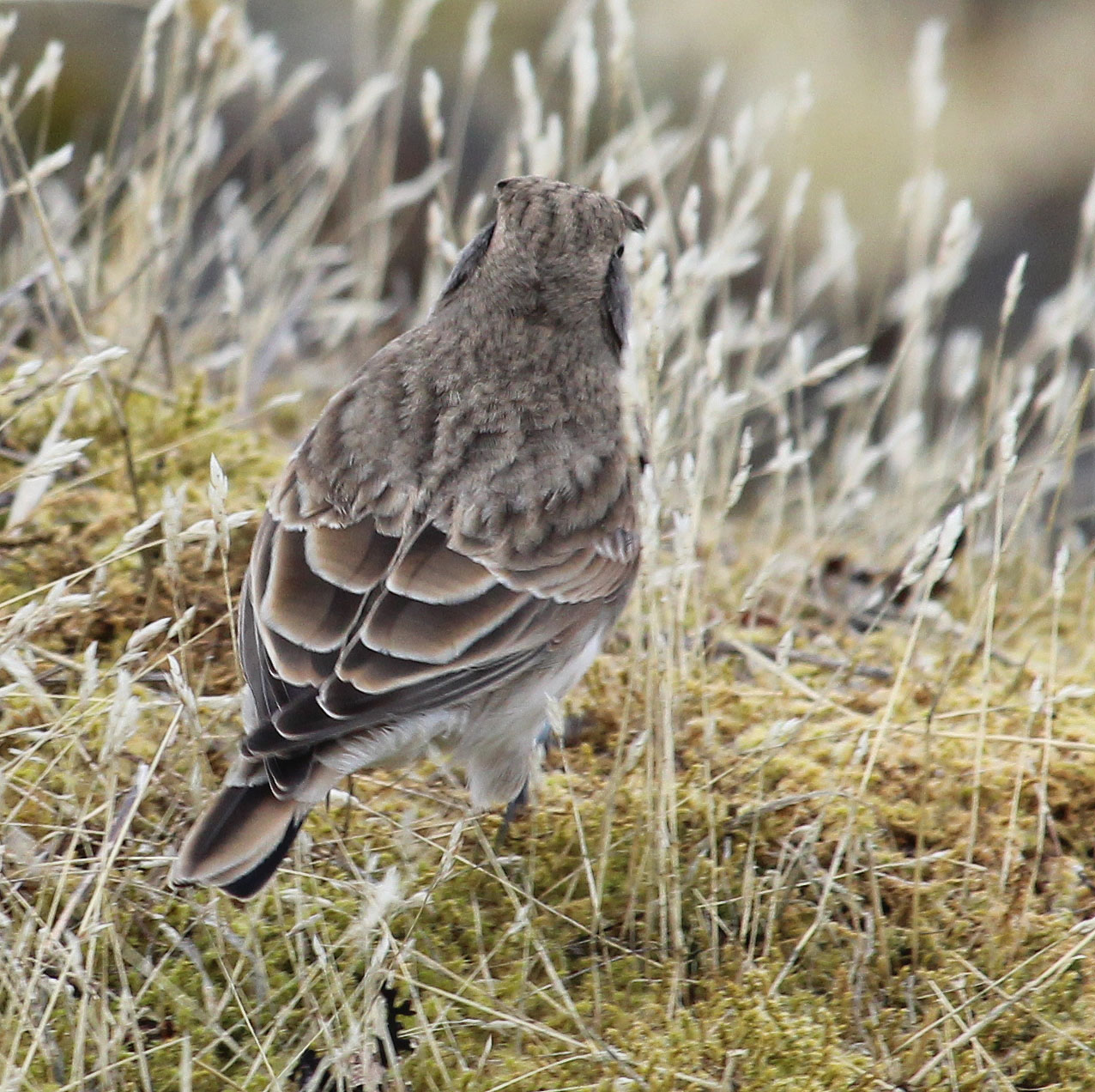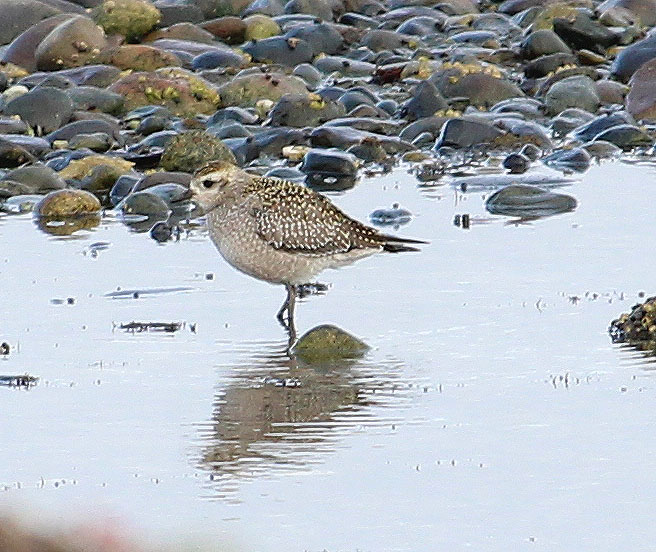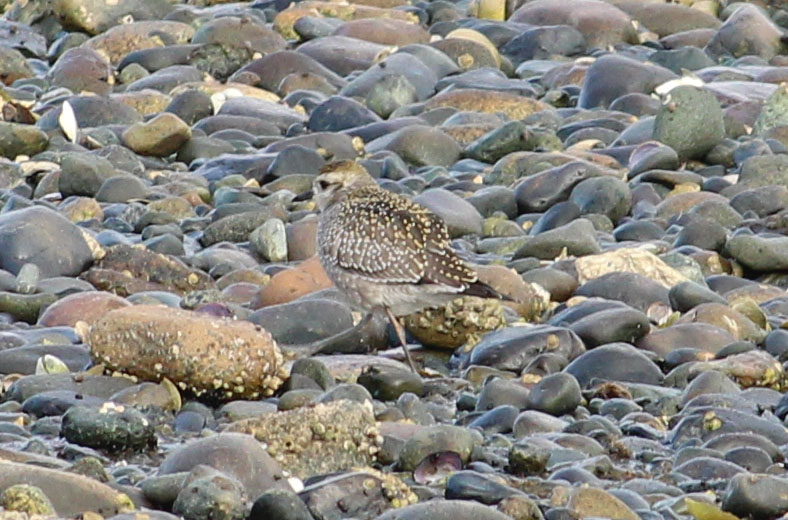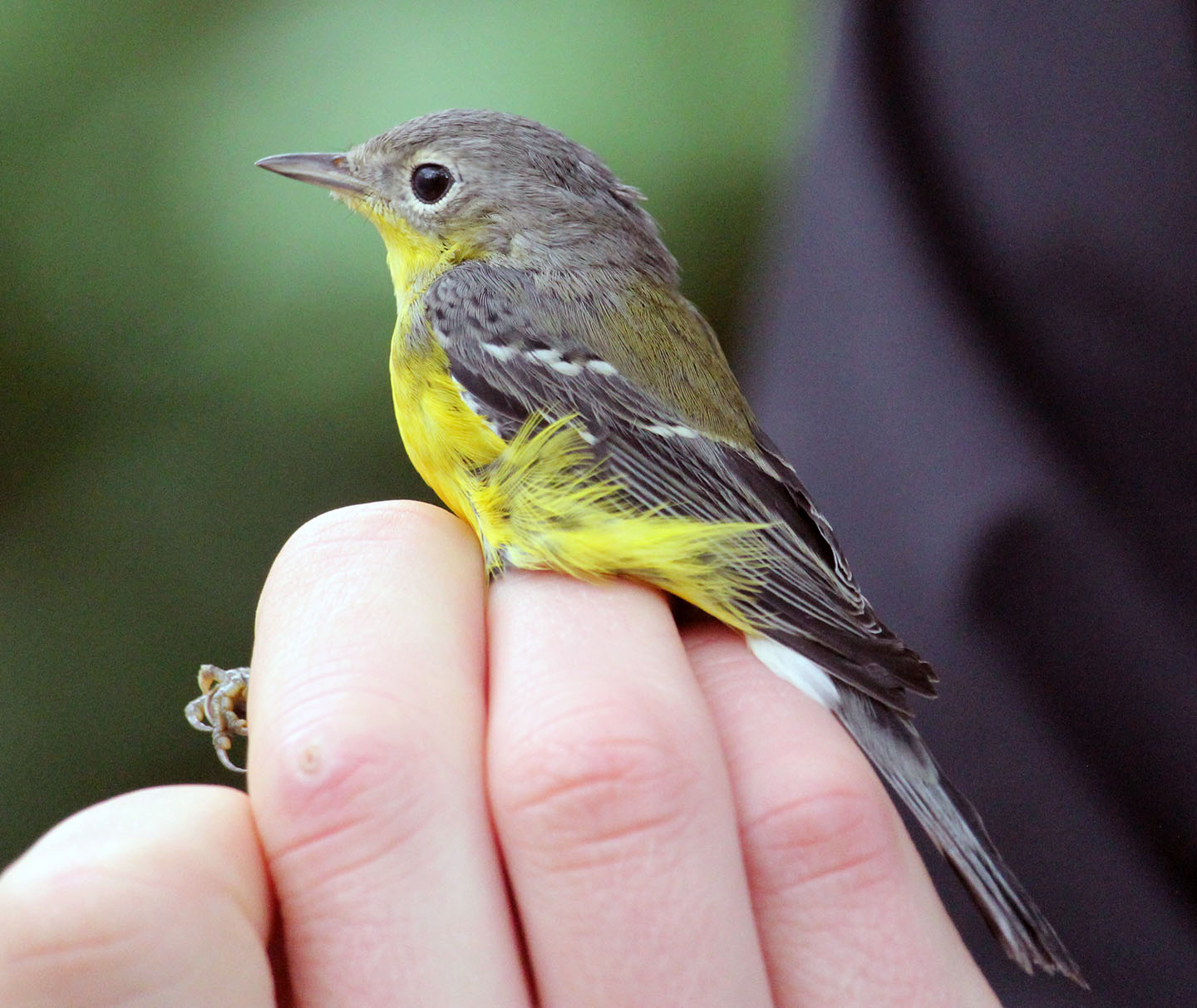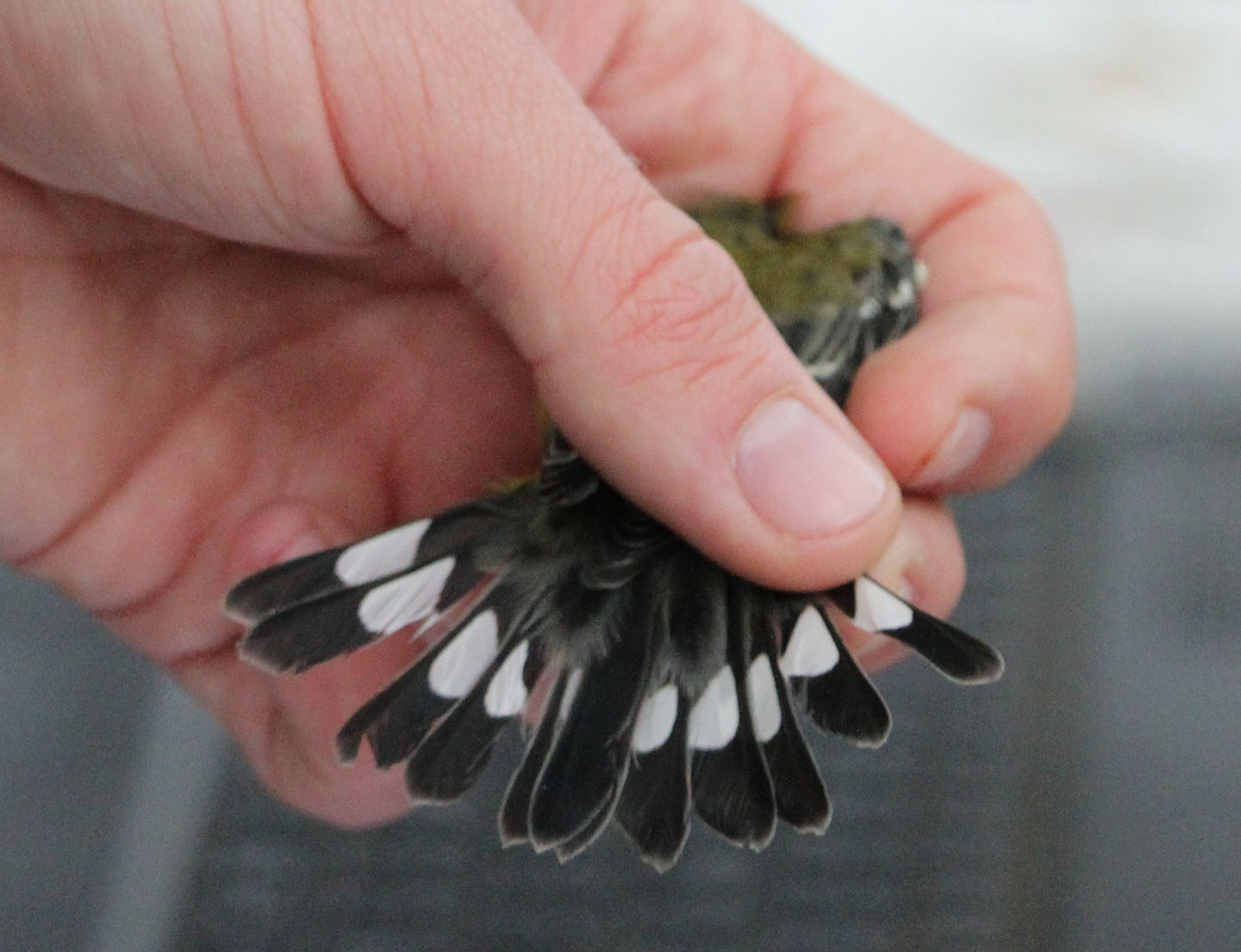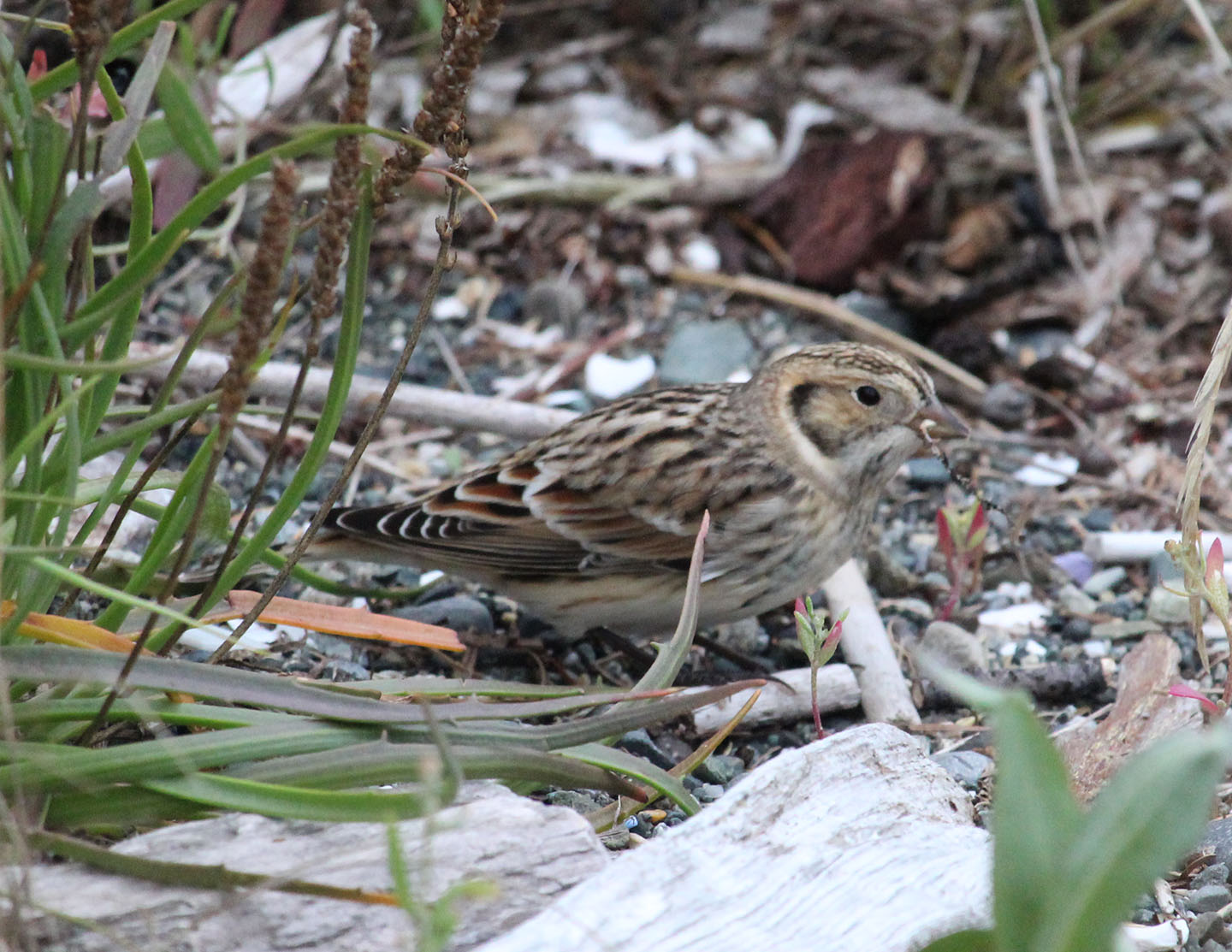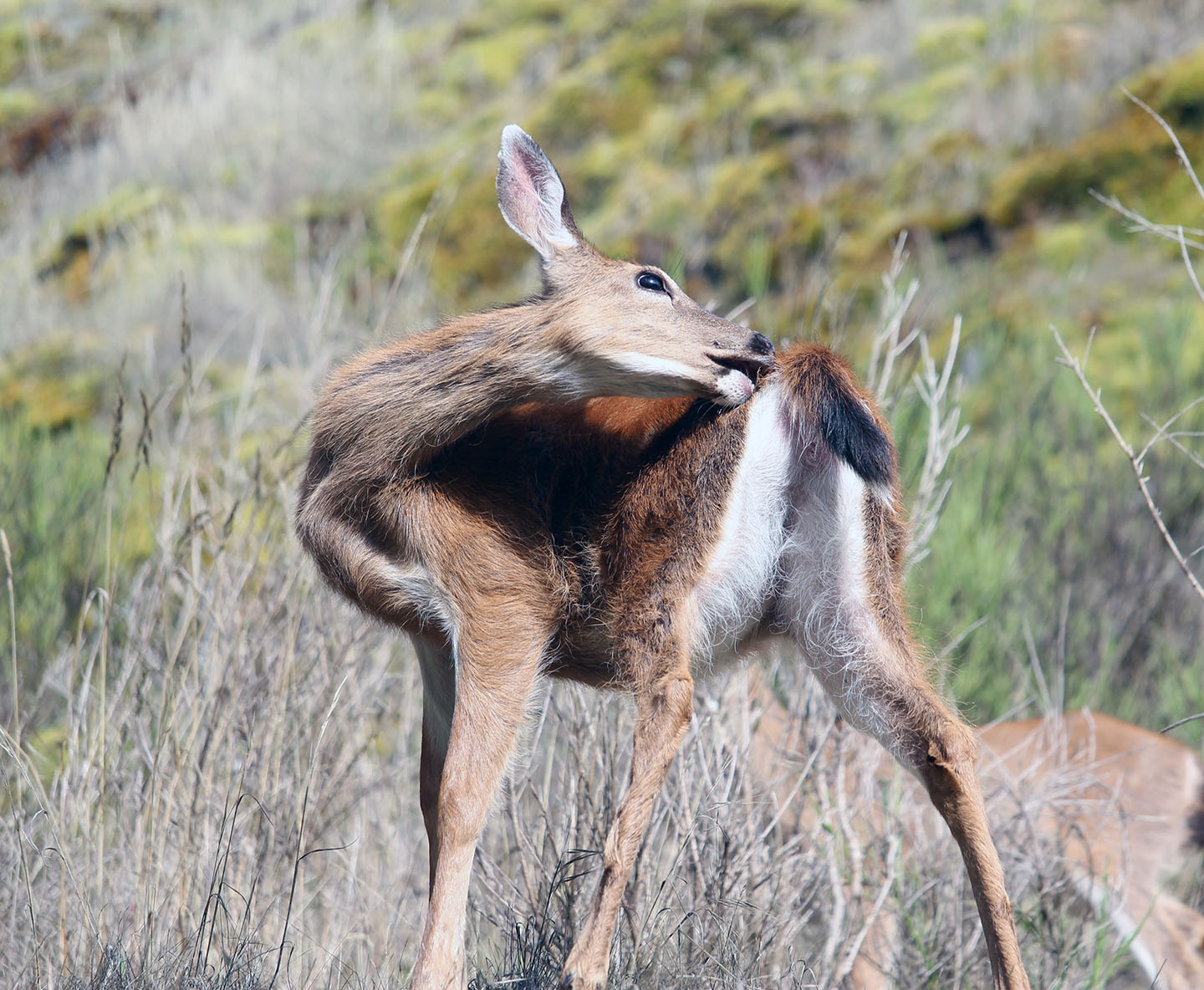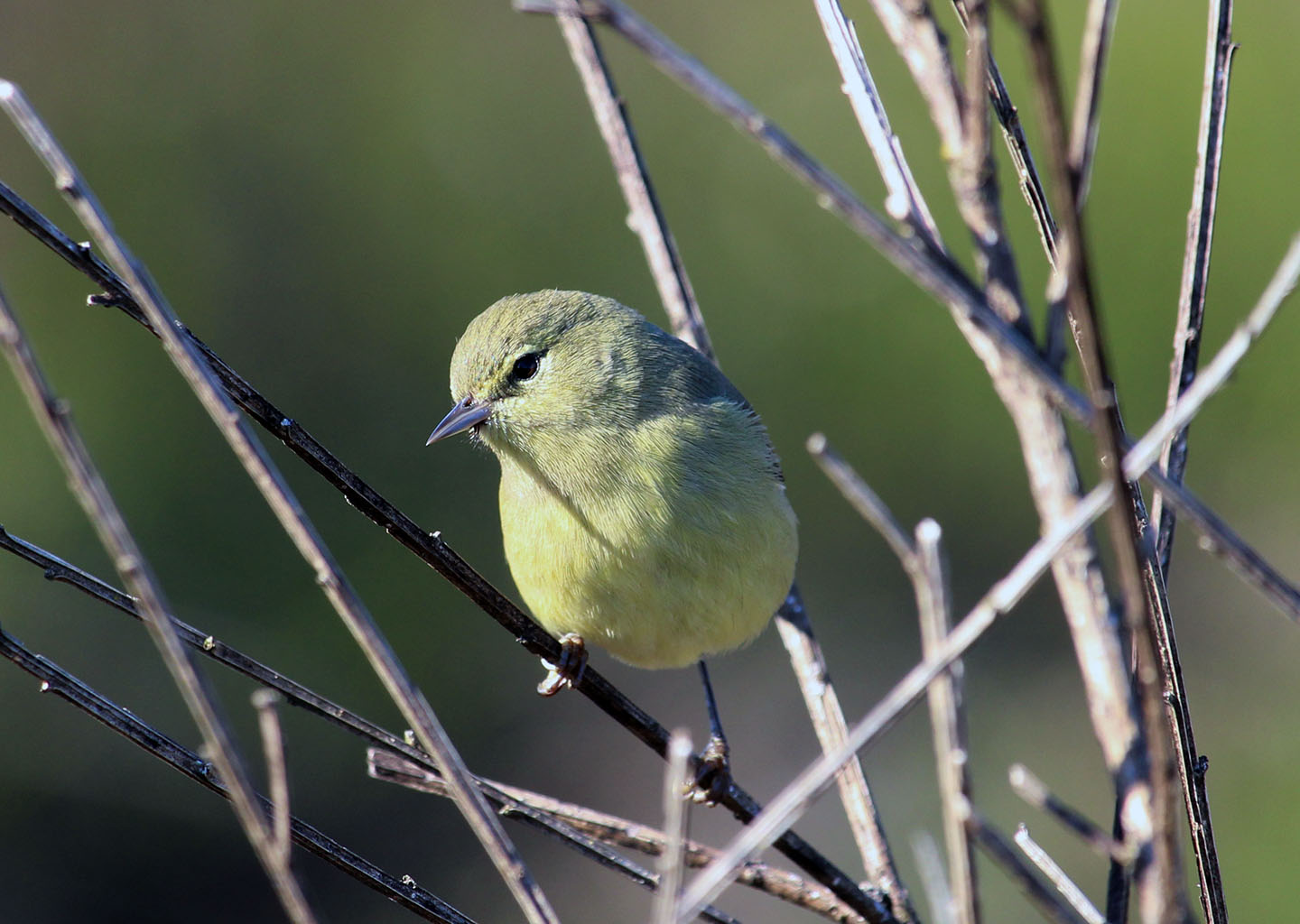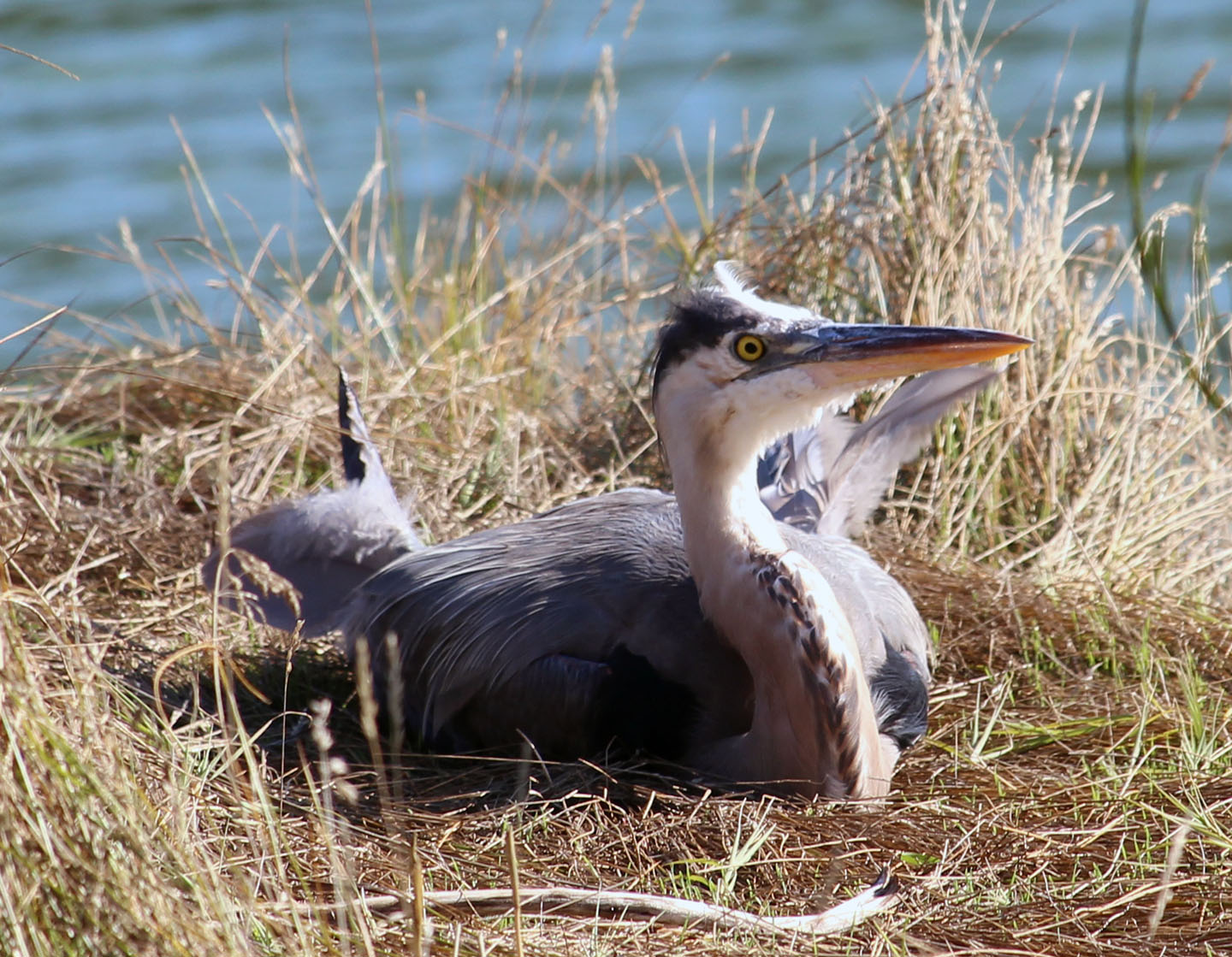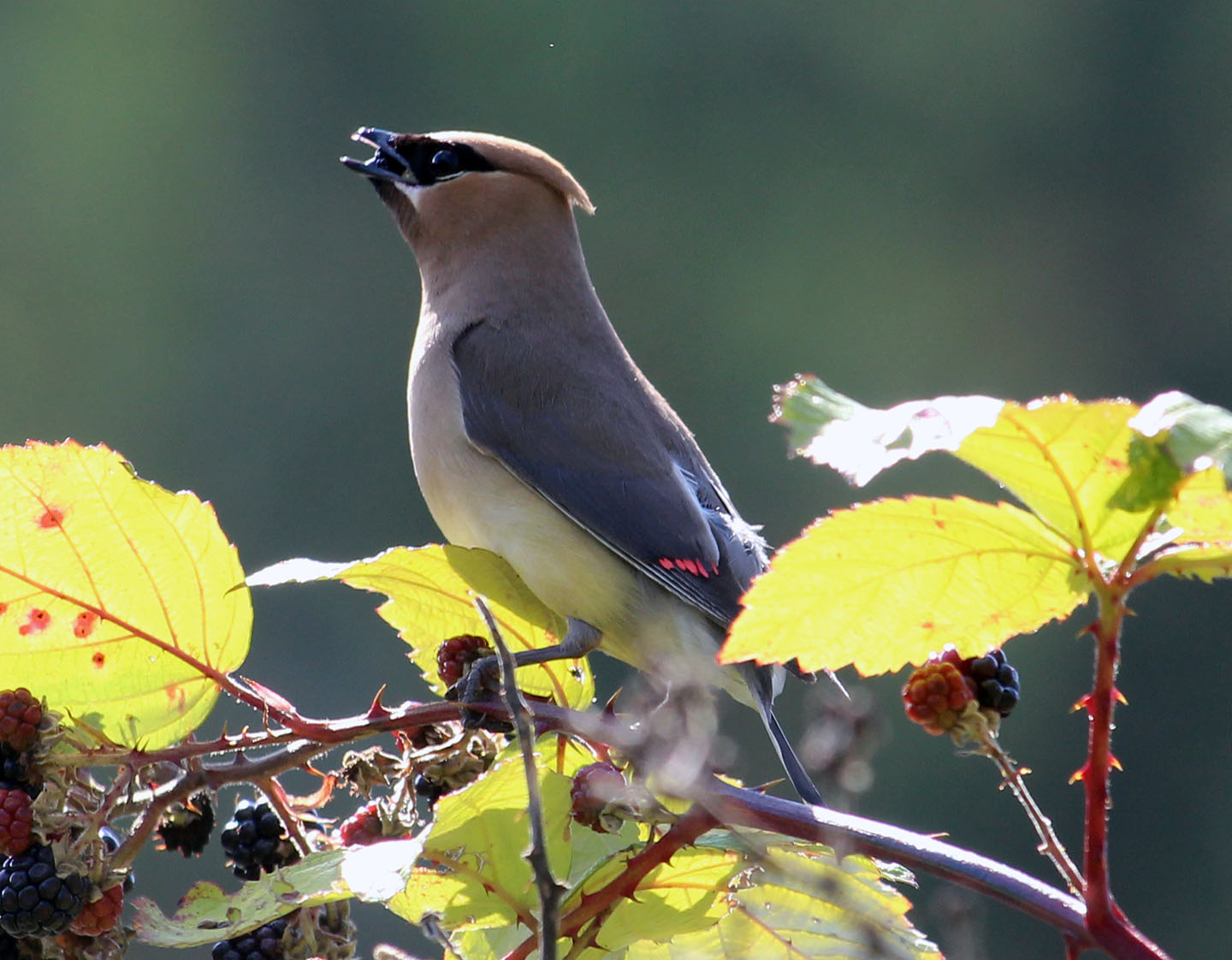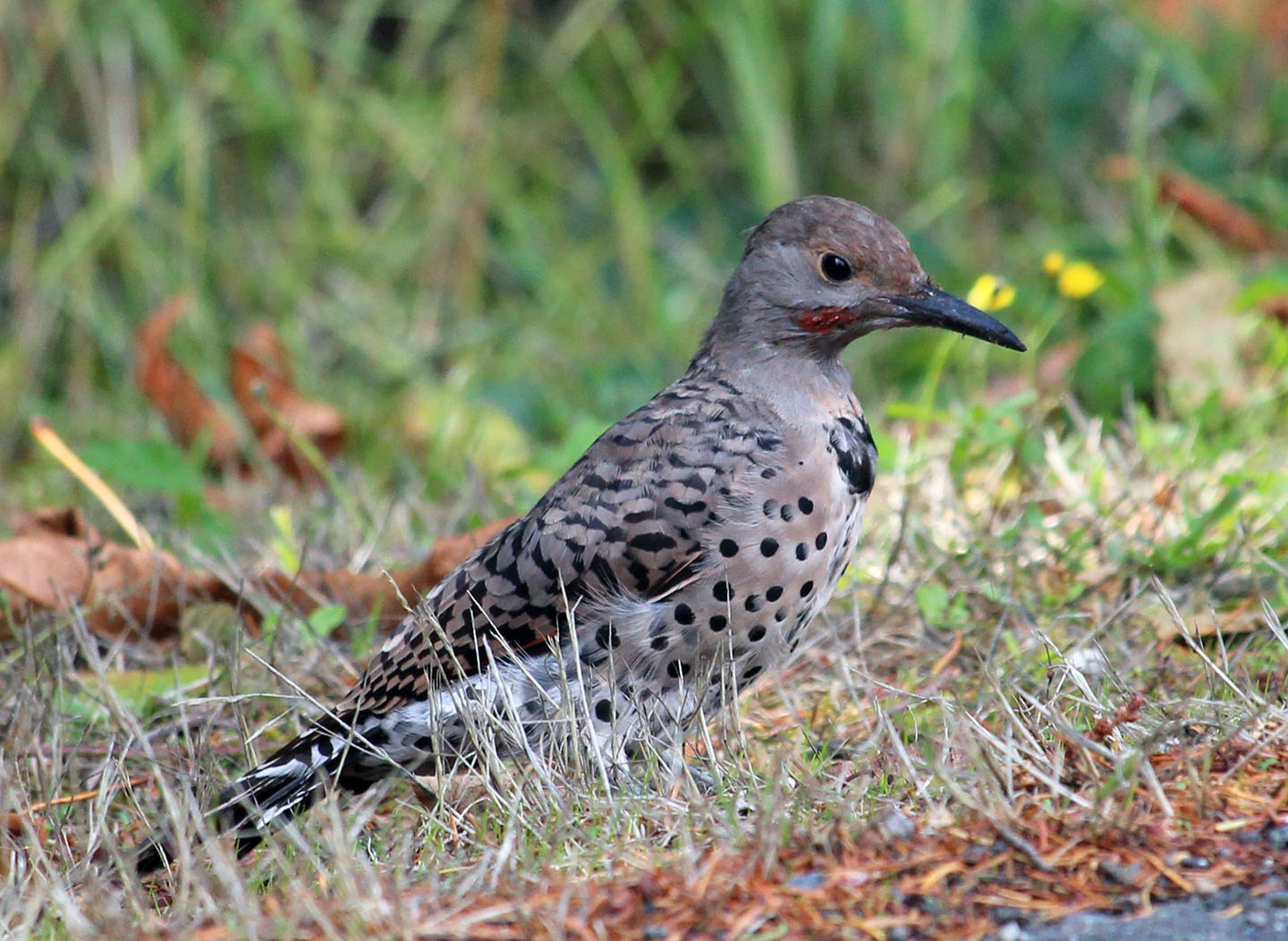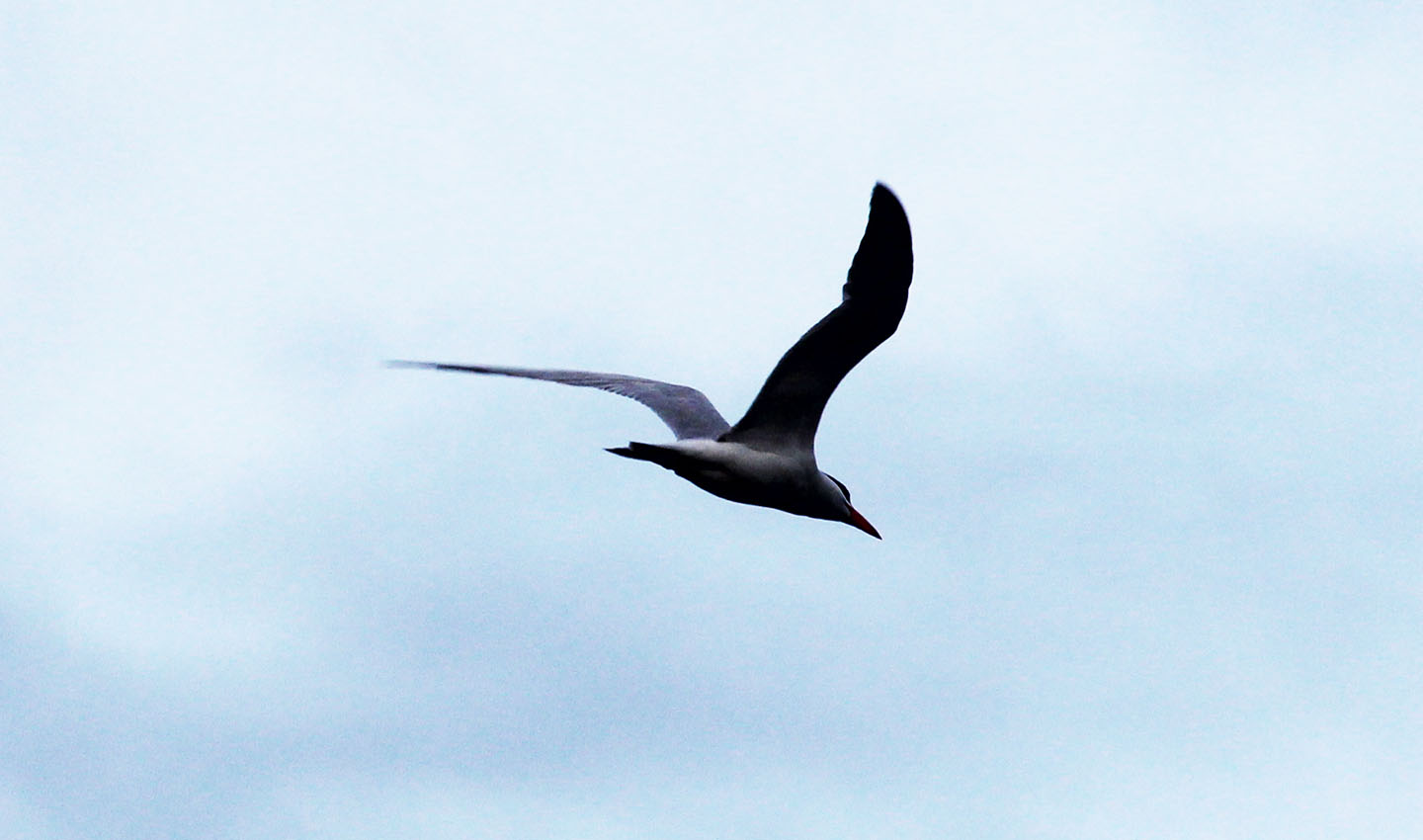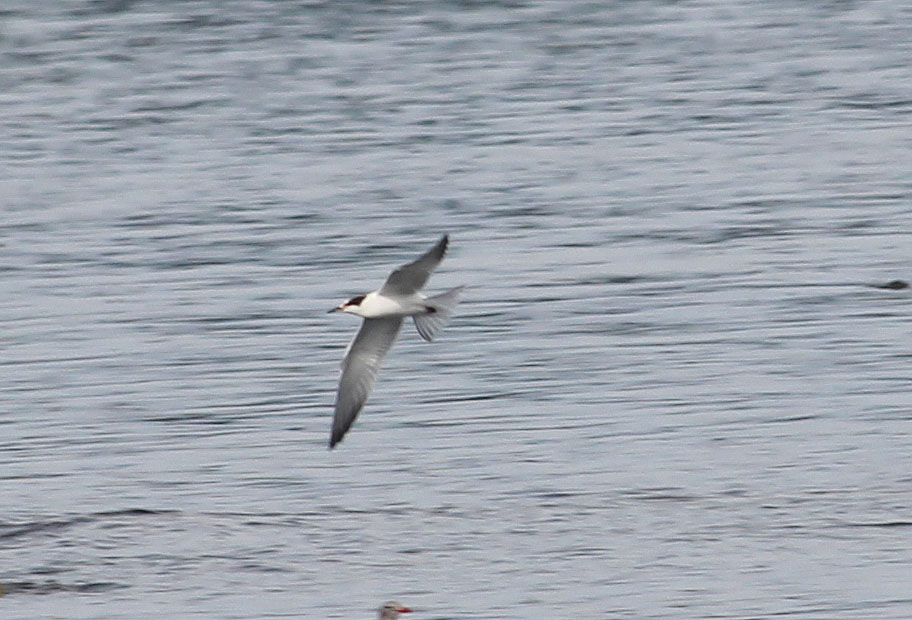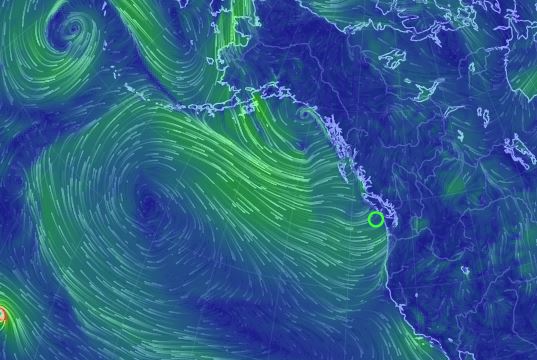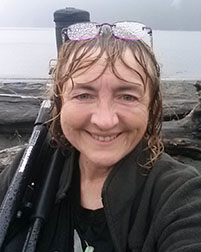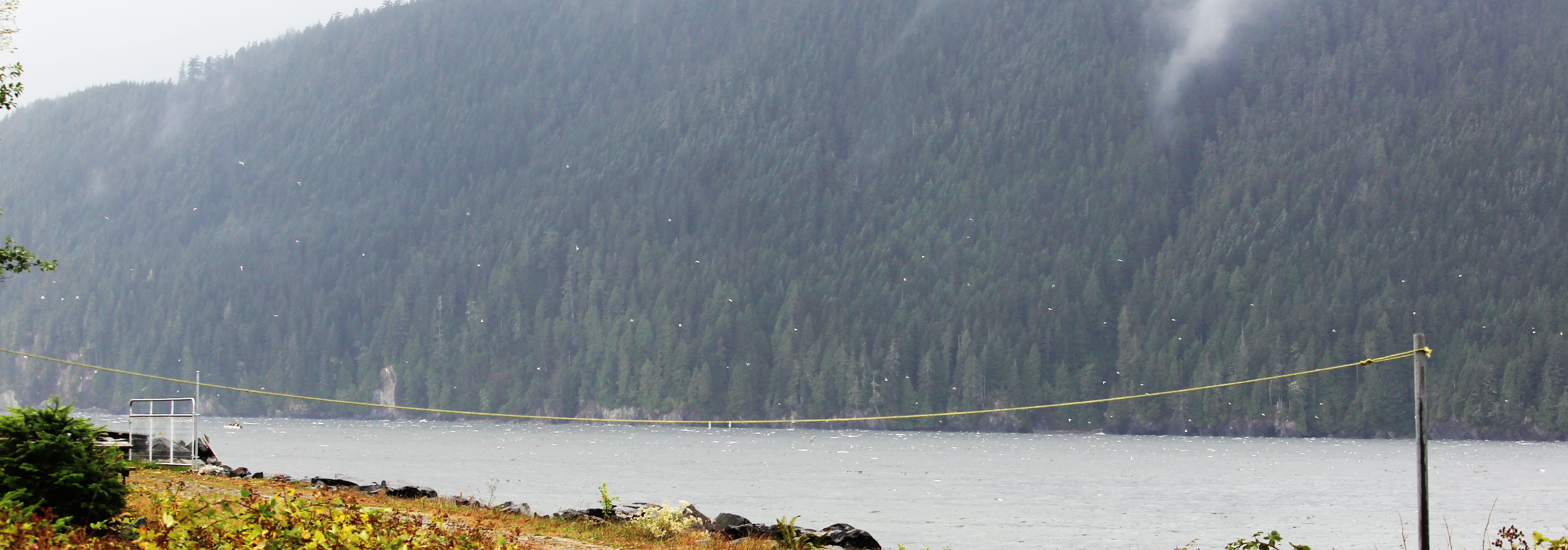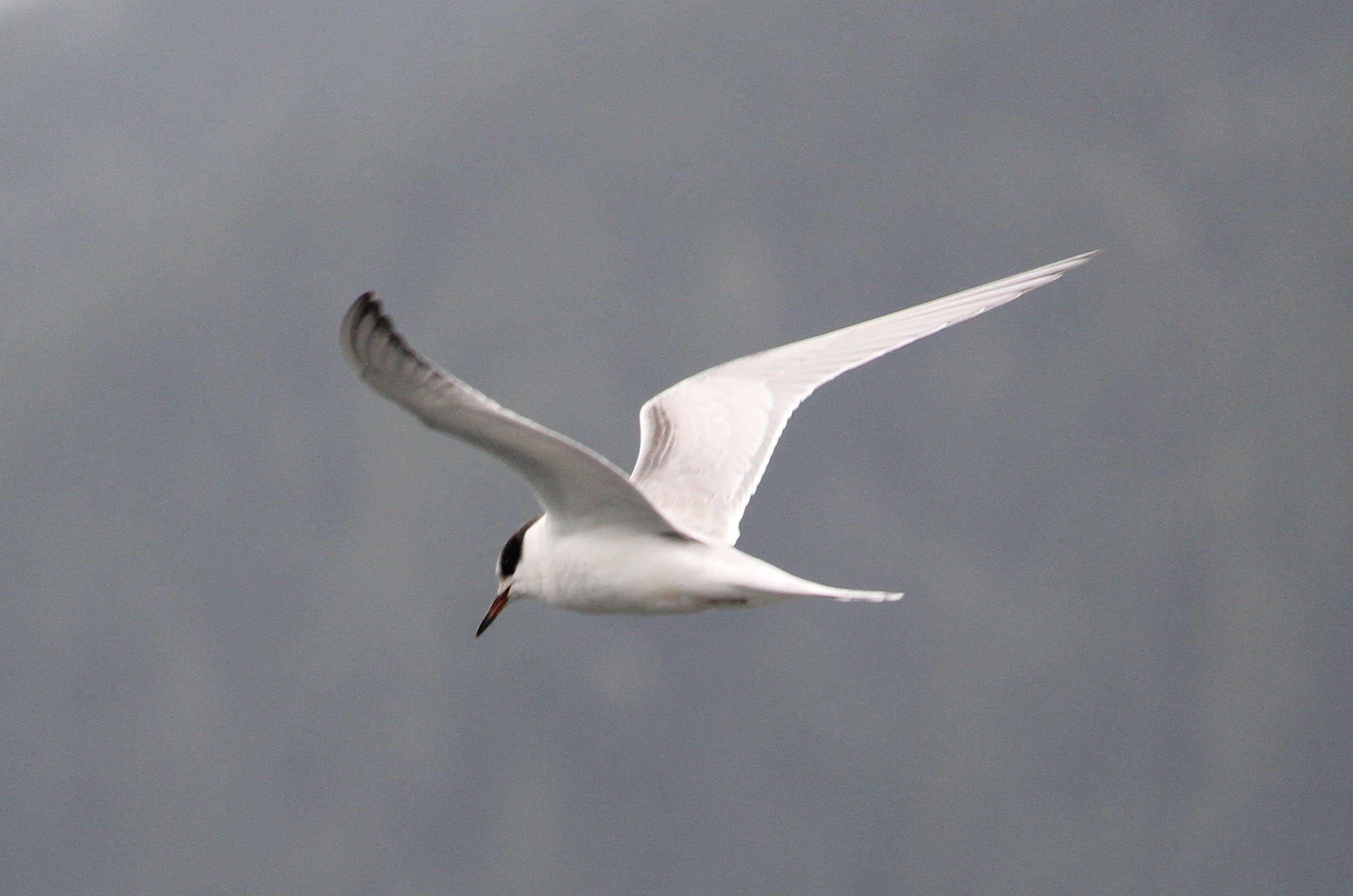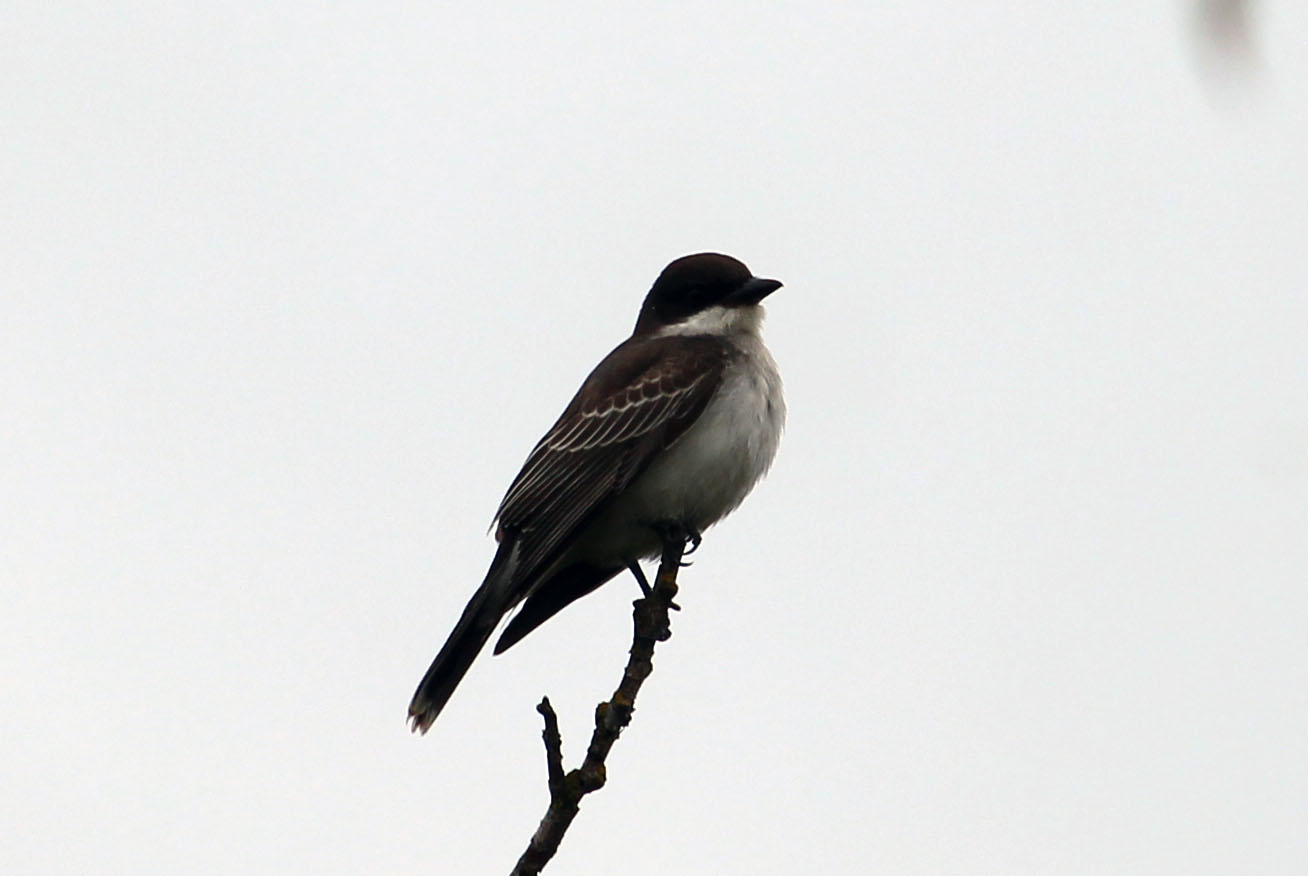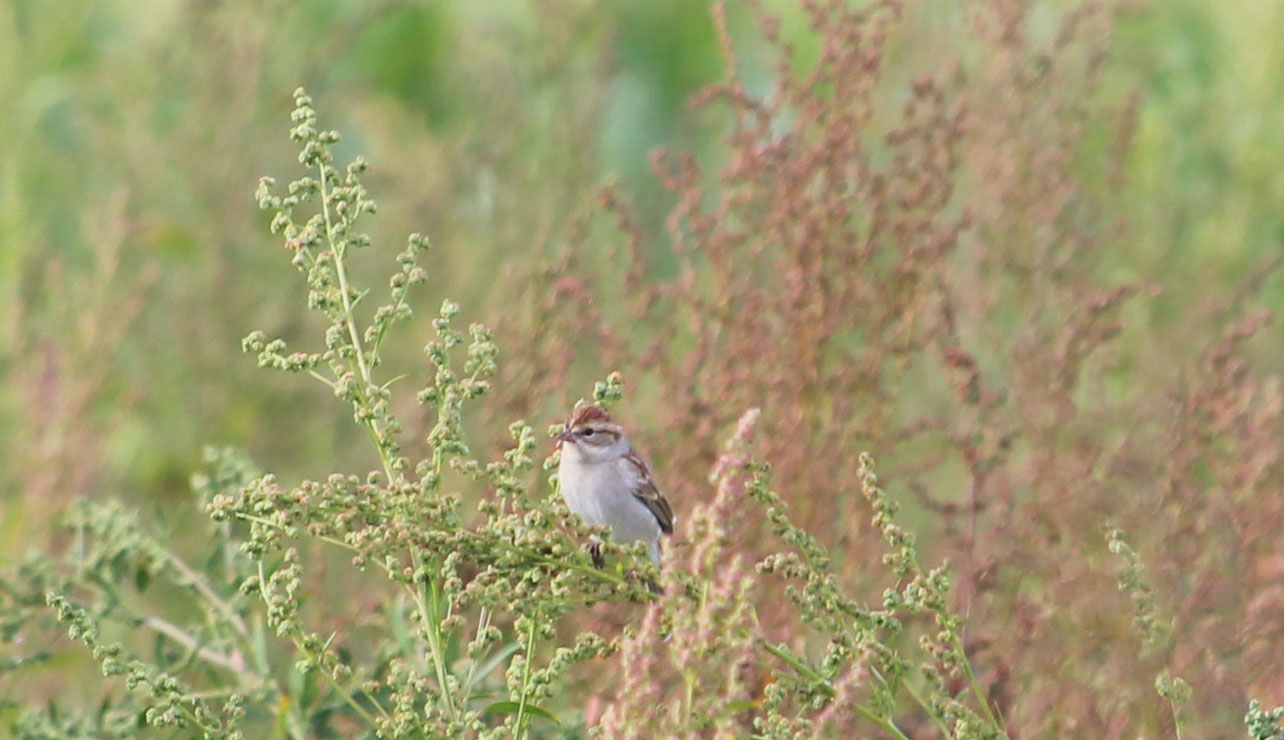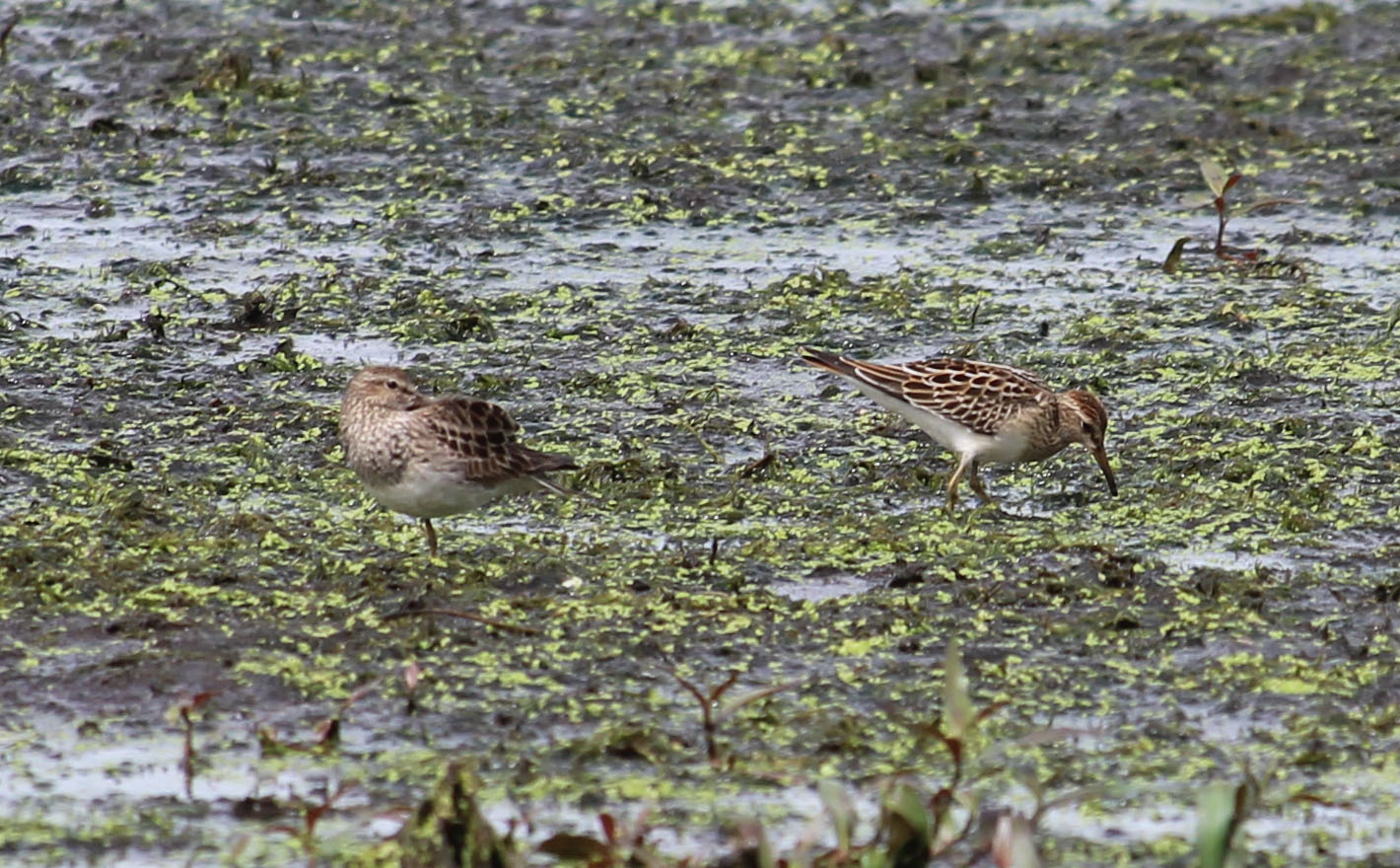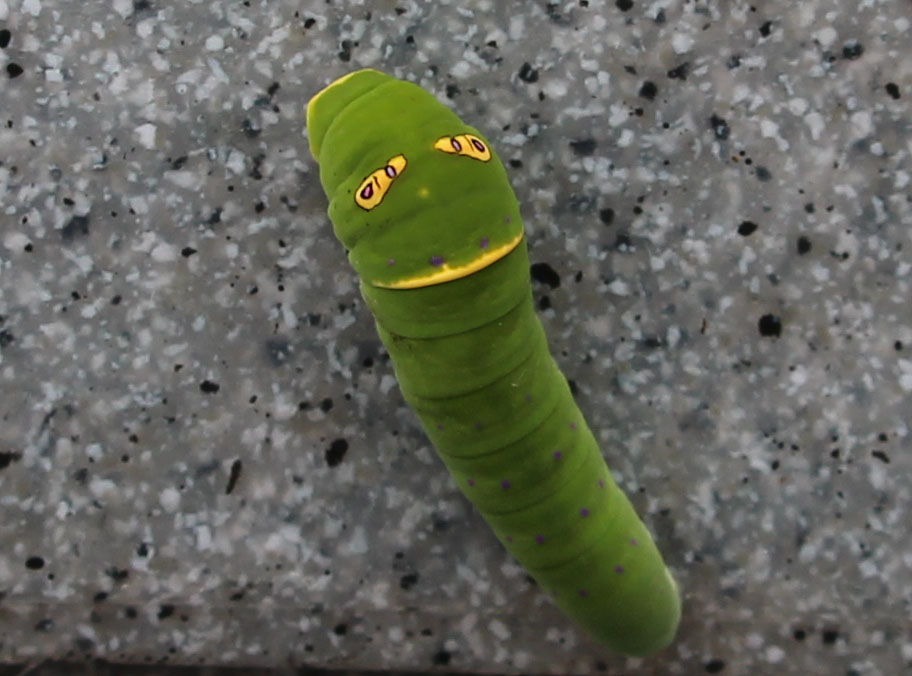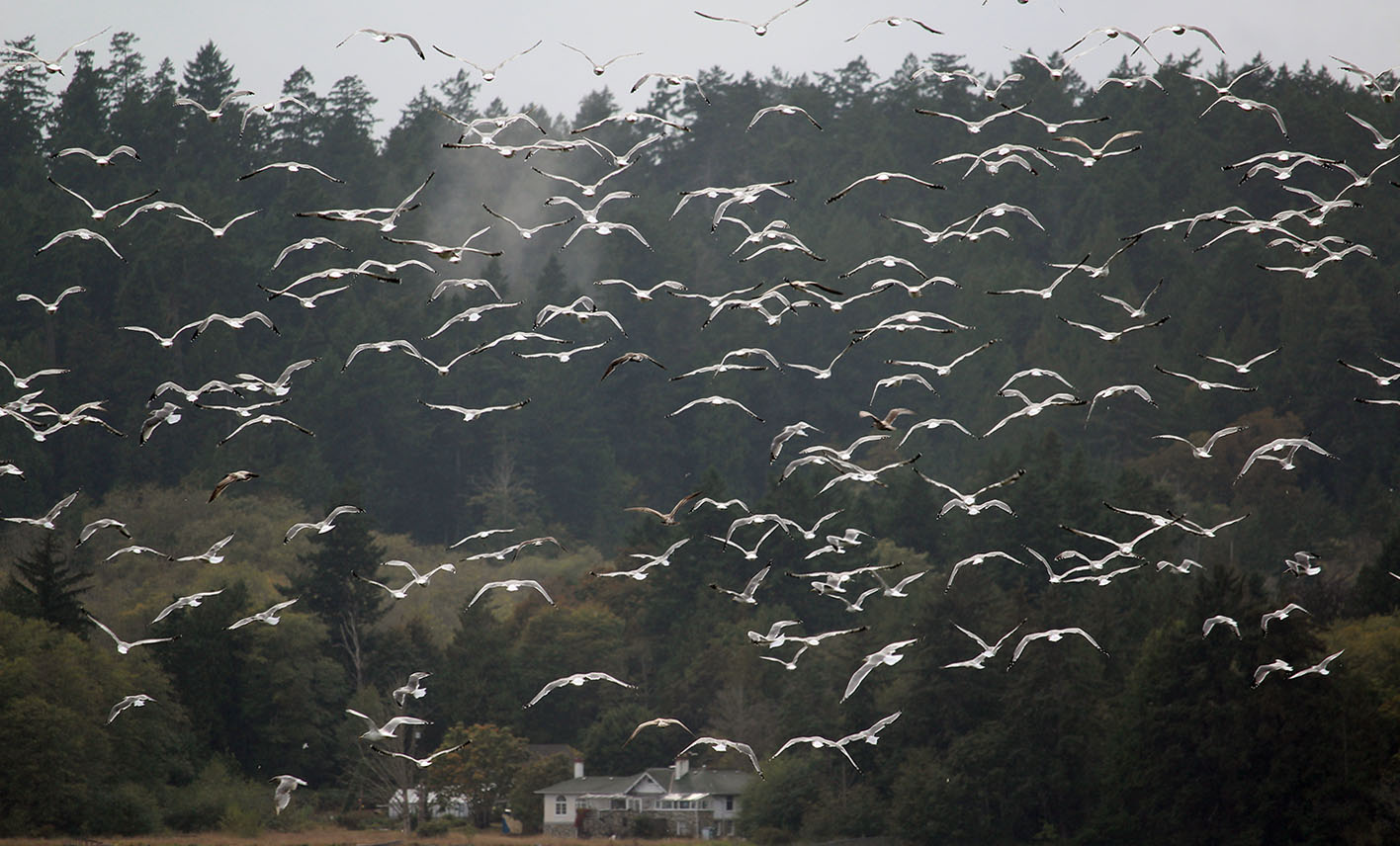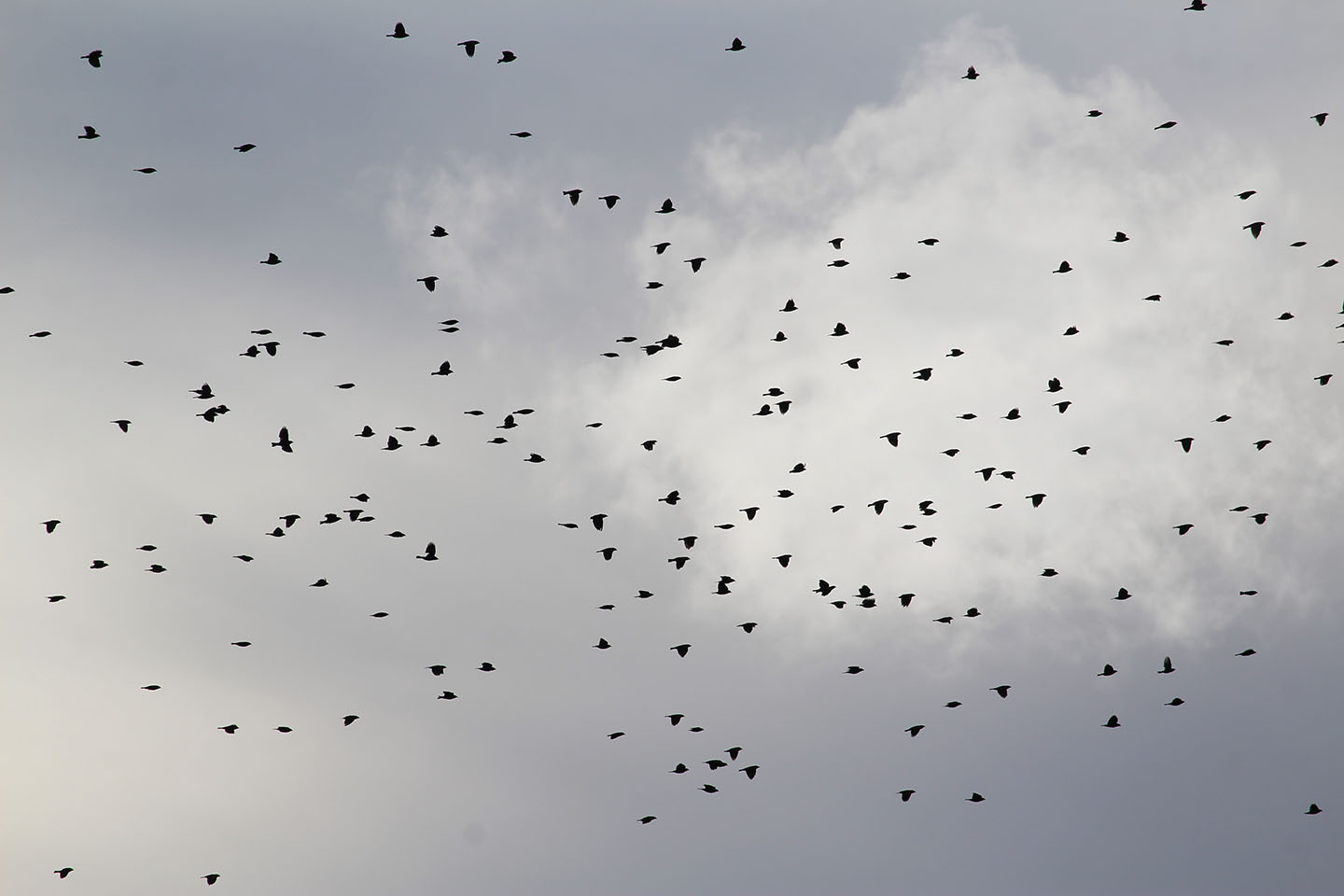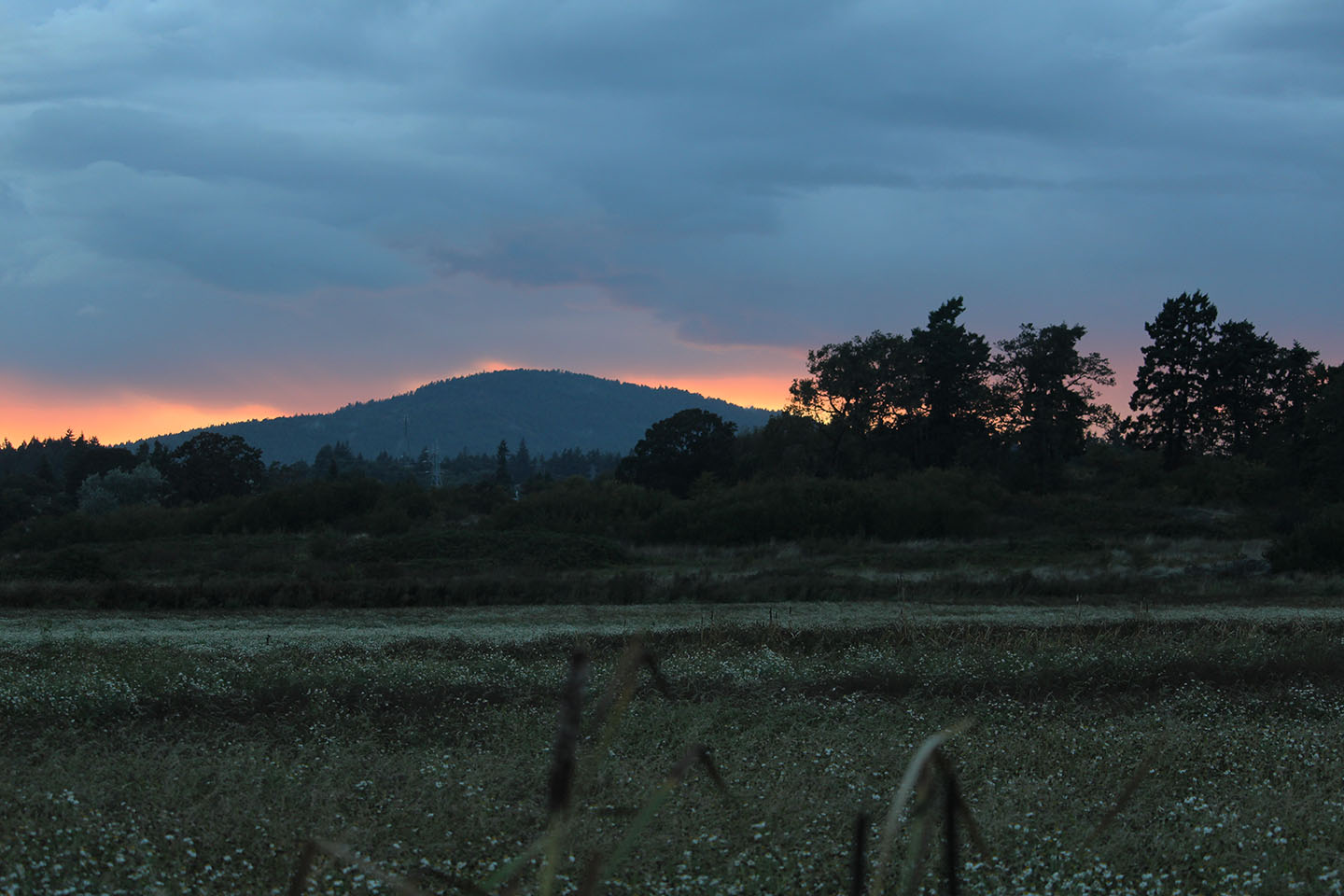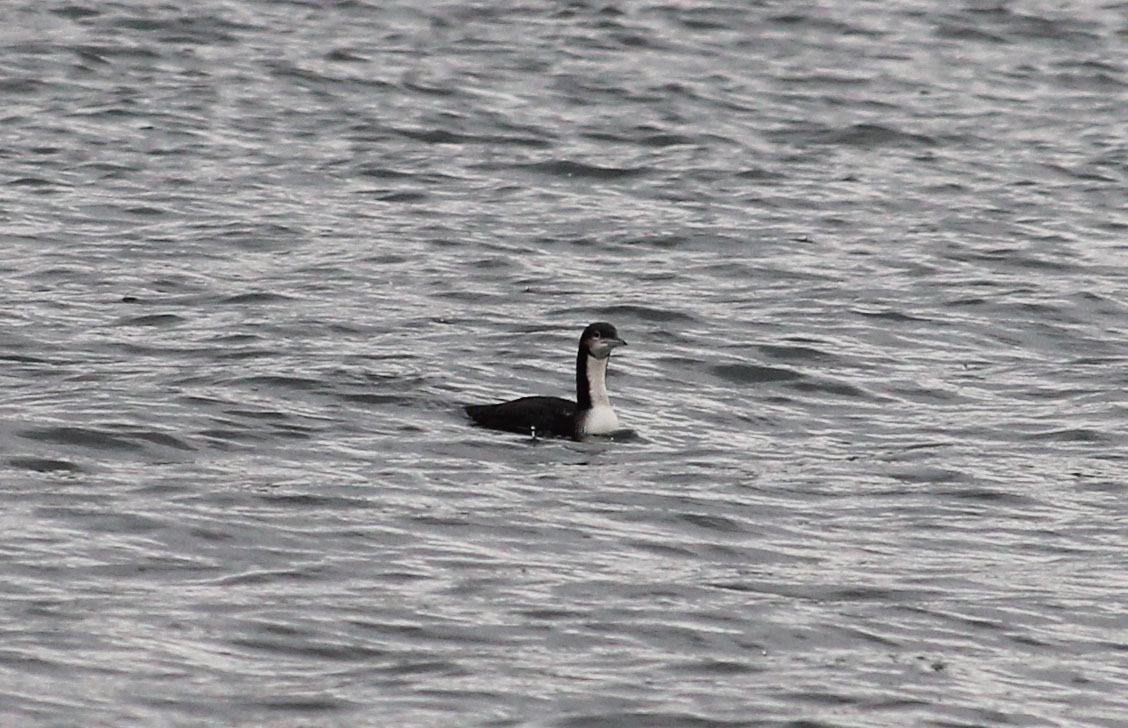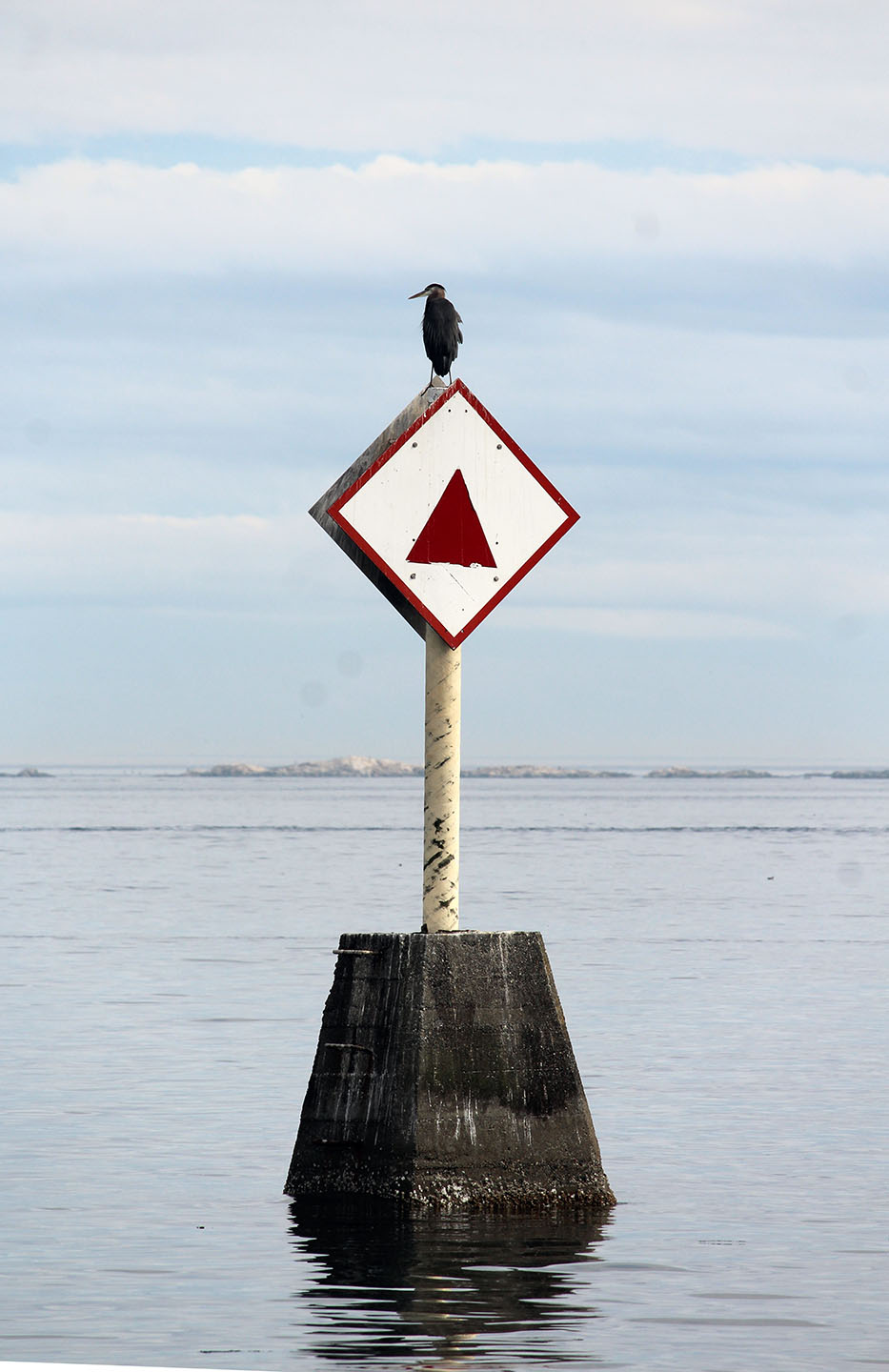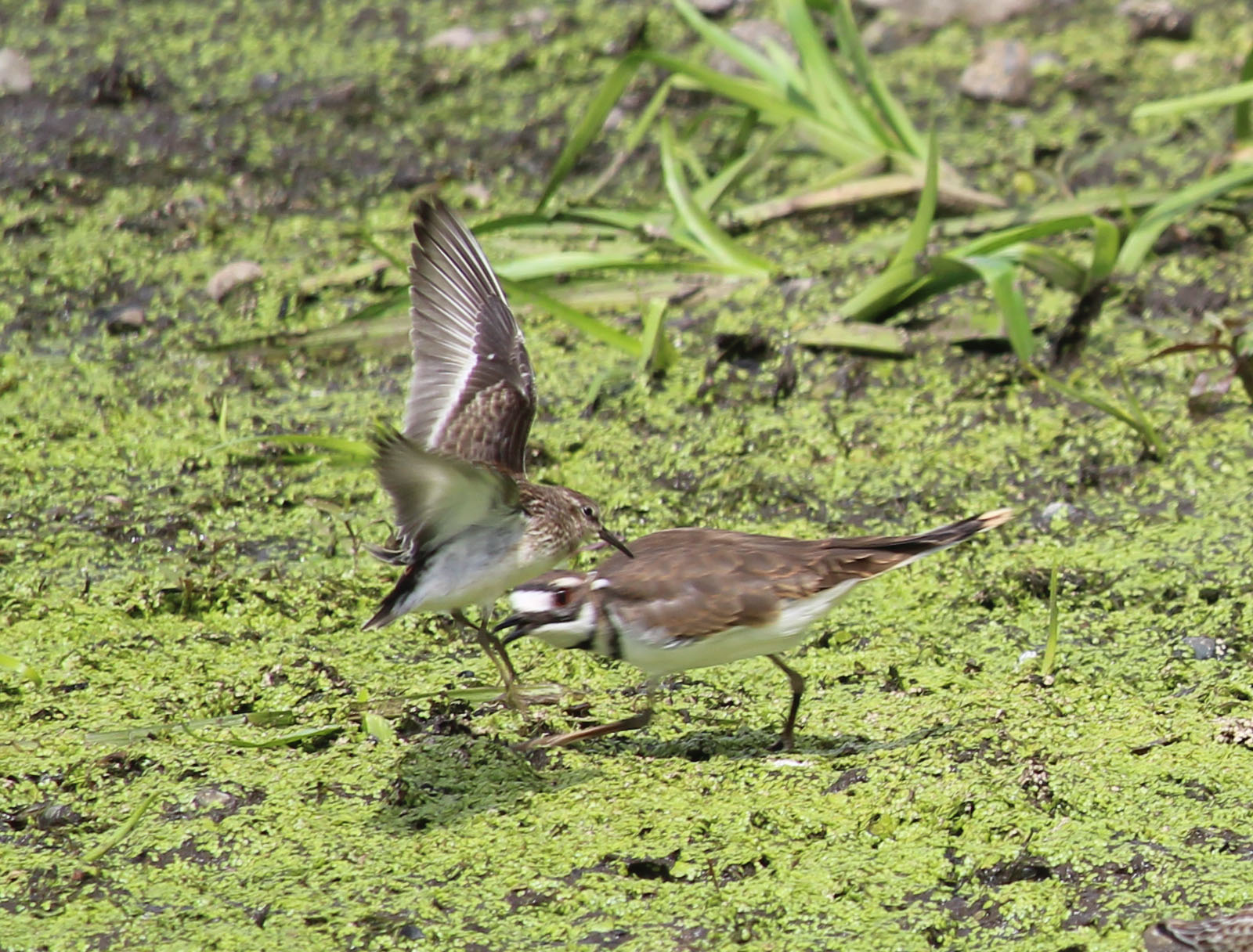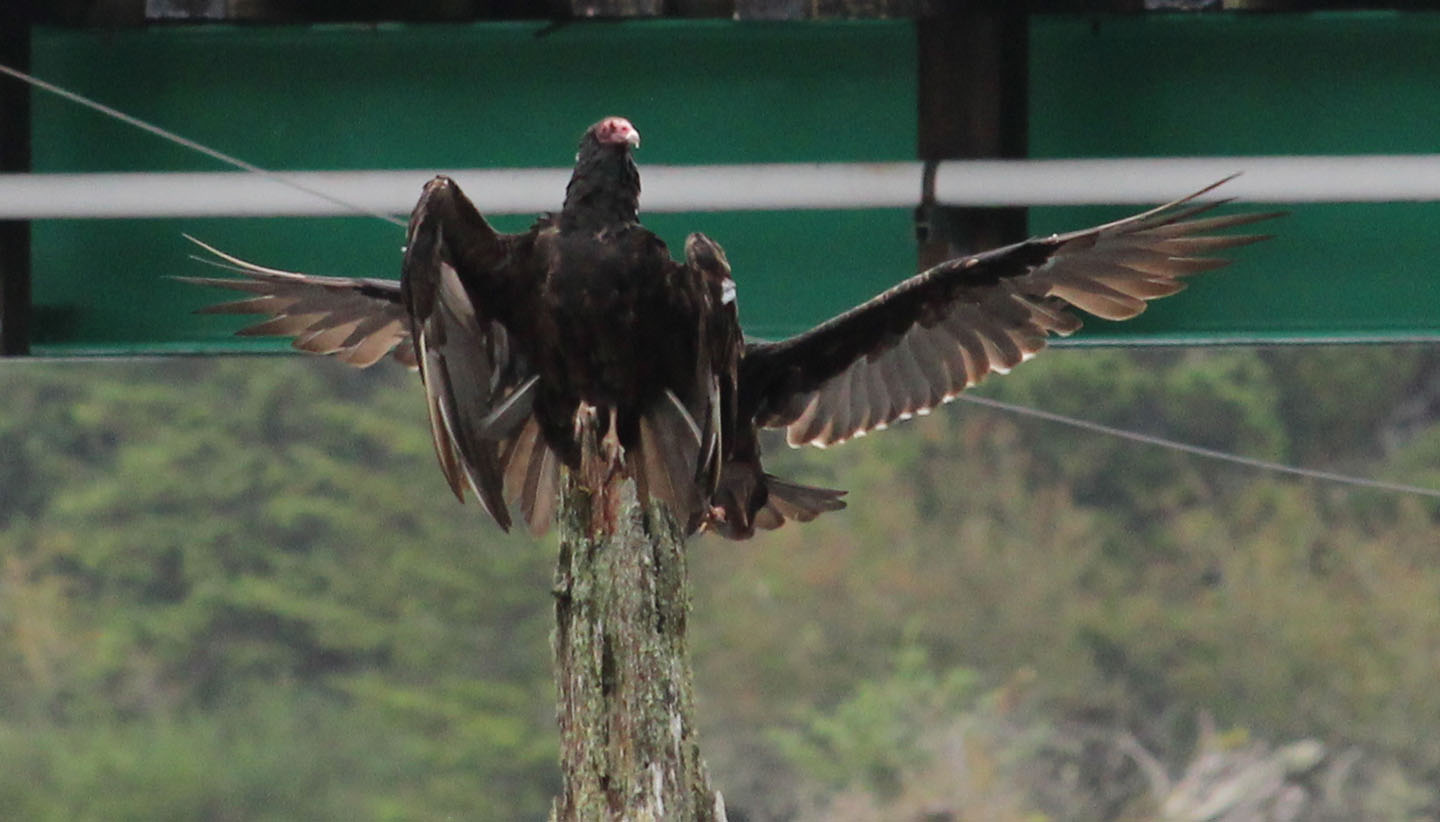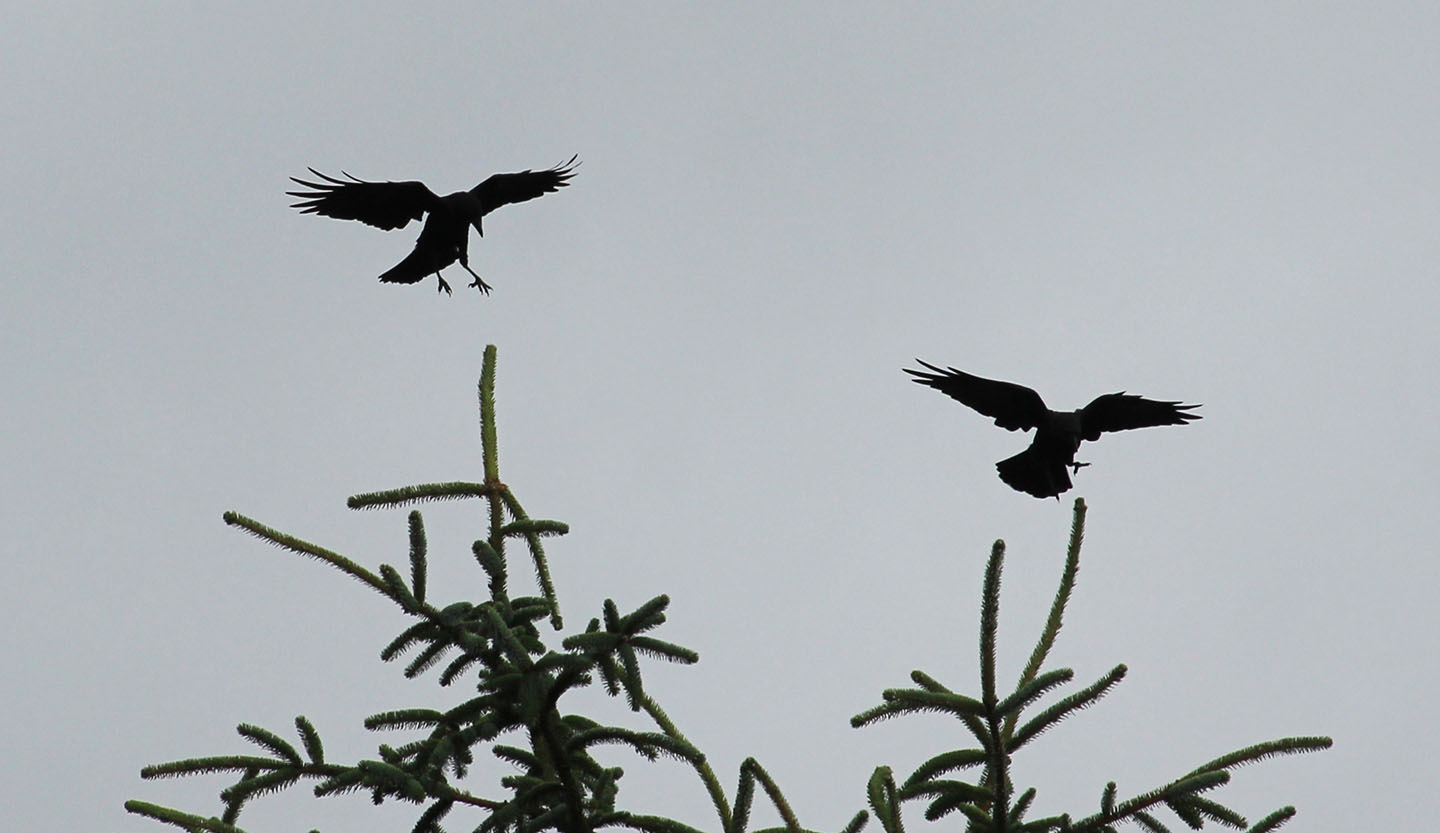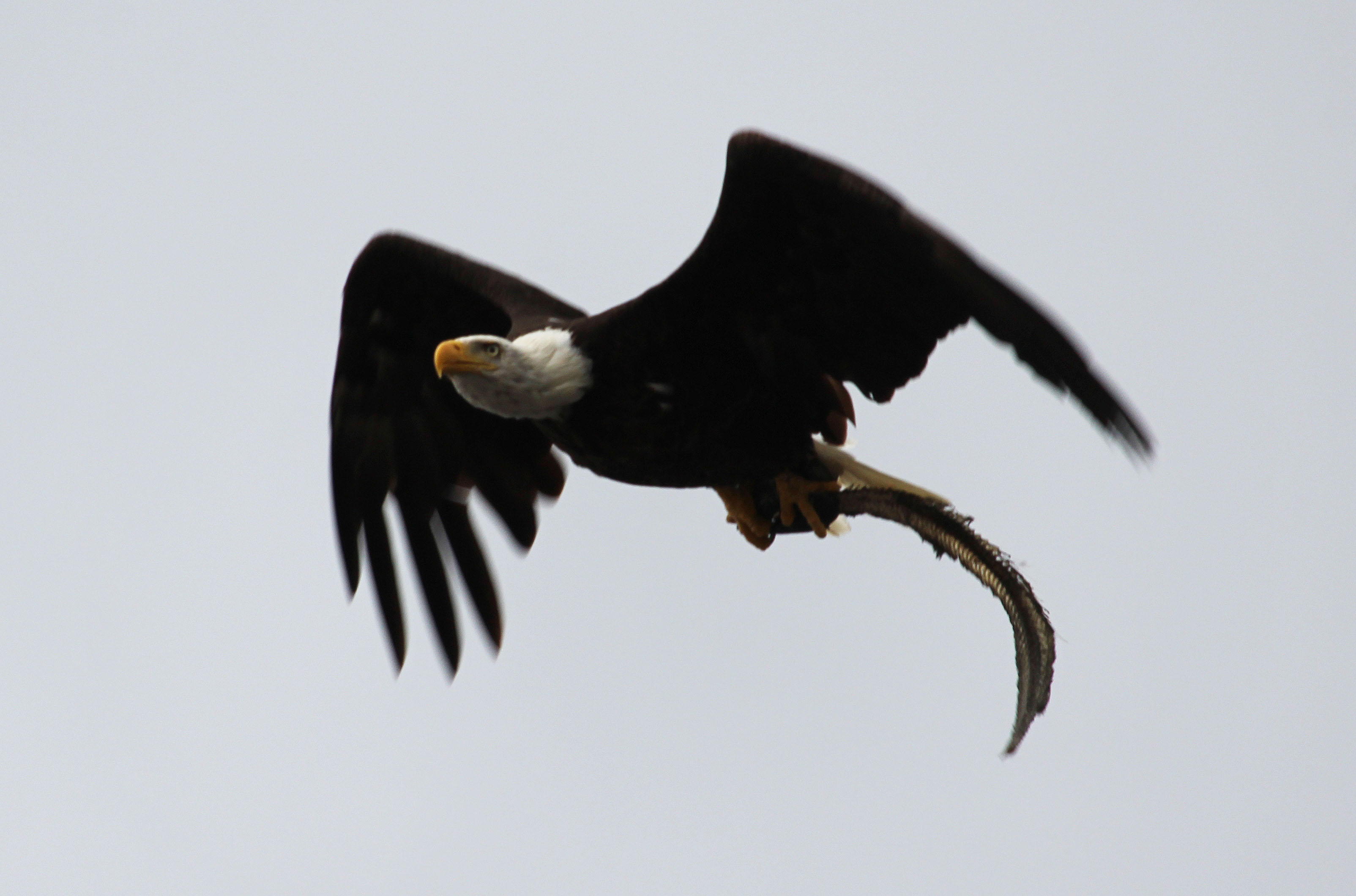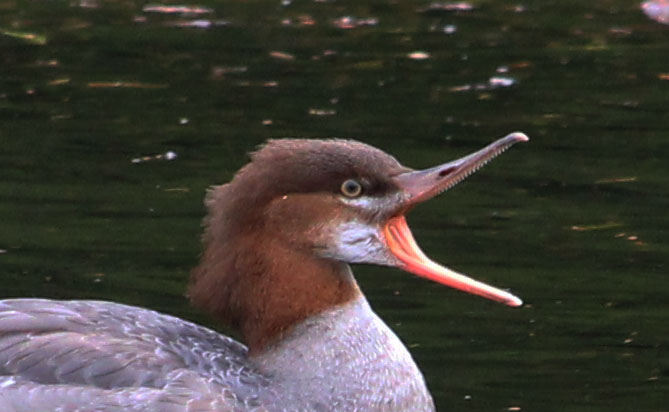I’m writing this post from my laptop while I’m overnighting in Port McNeill in anticipation of a rare bird on Wednesday–more about that later.
This is significant in that I do not have all the photos I took last week with me, but I do have a couple. I will be updating this post with new photos when I get home. Come back later to see them!
Last Thursday, Ben van Drimmelin took Daniel Donnecke and me for a ride in his sailboat off the Victoria waterfront.
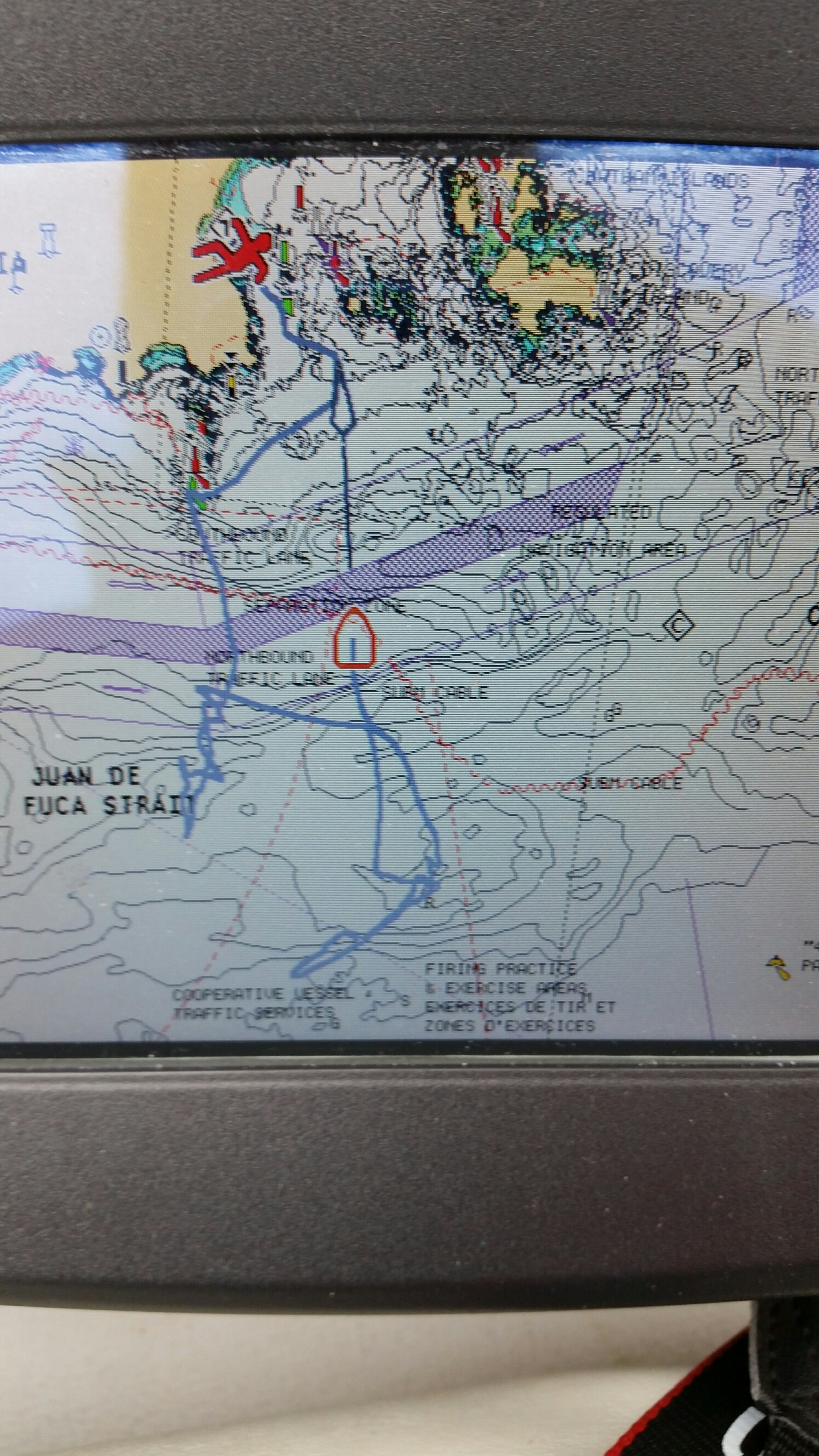
Almost immediately, we started seeing feeding frenzies on the water. Chasing after them, we saw incredible numbers of gulls, phalaropes and murres, gathering and moving around as the food availability switched from place to place.
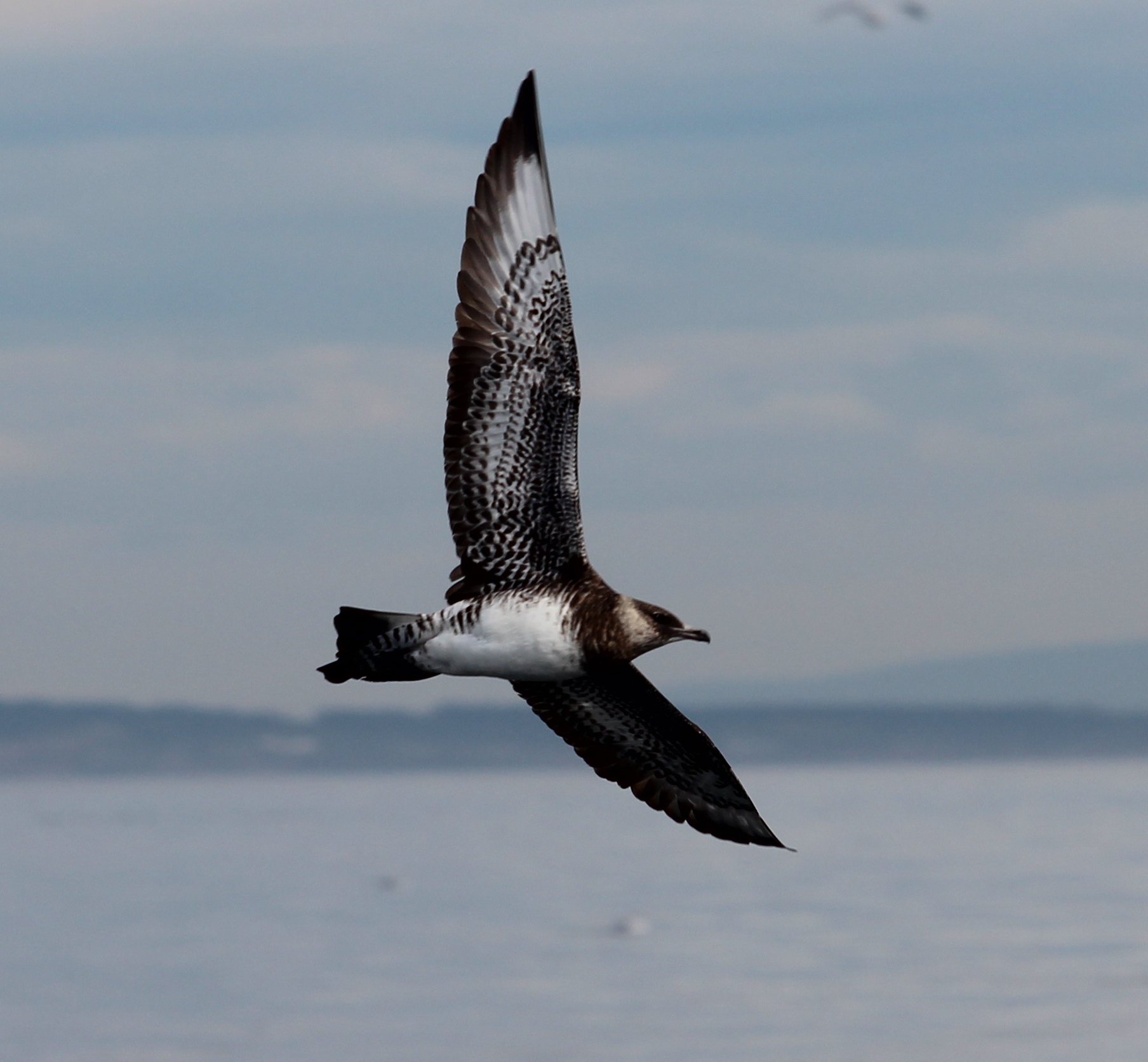
What really knocked our socks off, though, were the number of jaegers, especially Pomarines. Every time we turn around, there was another jaeger–or three. Neither of us had ever seen so many in a single day–or for that matter, in a year. Dark ones, light ones. some in molt. One of our biggest challenges for the day was to come up with a realistic–and believable number.
Jaegers feed by a technique called kleptoparisitism. In essence, this means that they chase a bird that has recently eaten around until it gives up its meal. Yes, until it vomits. Then the jaeger eats the tasty treat. Yum! We noticed that the jaegers seem to pick on younger gulls. Perhaps they are more difficult to stress when they are older.
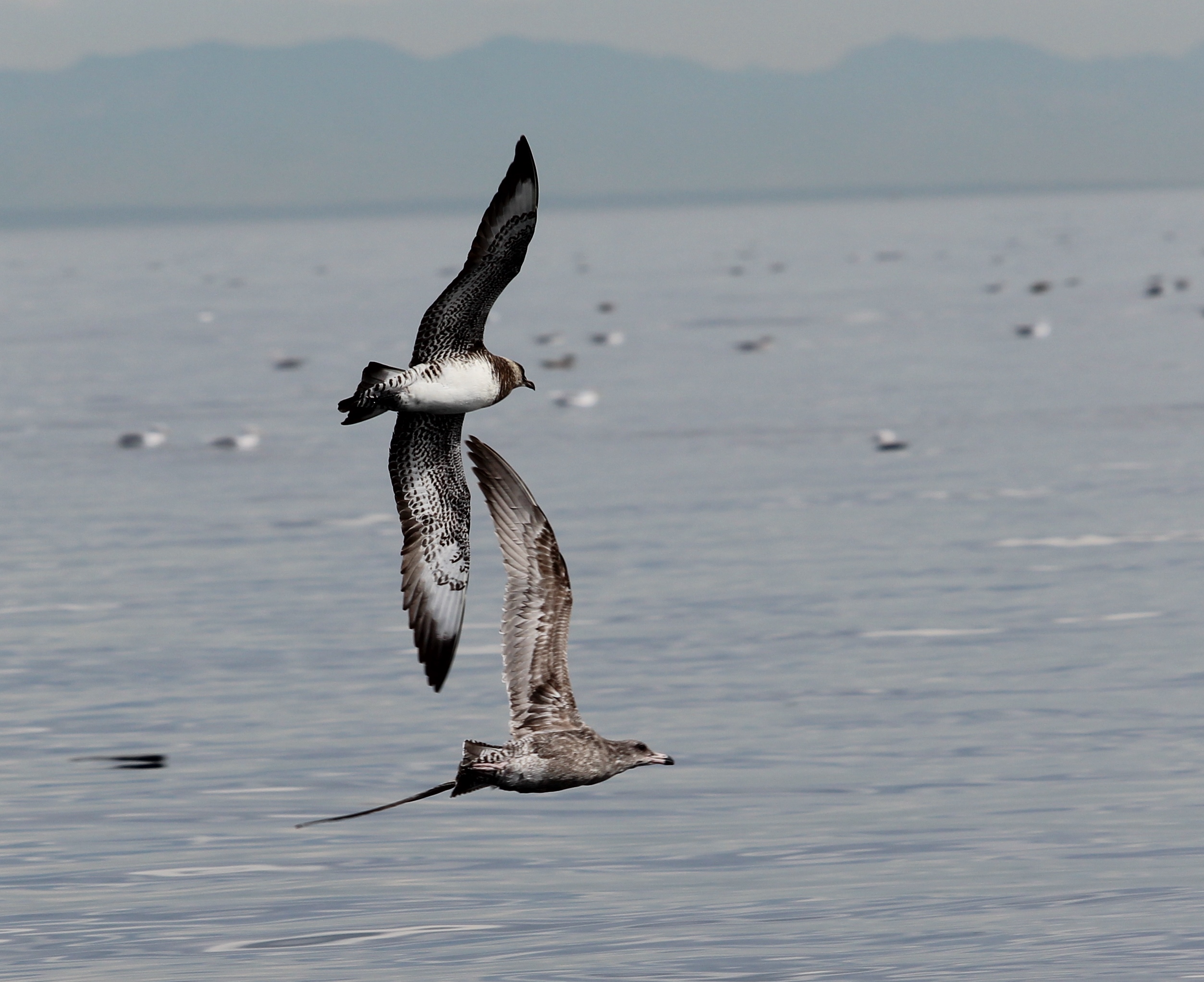 In the end, we estimated between 15,000 and 20, 000 gulls, 4000 Common Murres, and 700 Red-necked Phalaropes, and 16 jaegers, among many other birds. It was a spectacle! I didn’t add any new species for the day, but it was one of the most awesome days of my year!
In the end, we estimated between 15,000 and 20, 000 gulls, 4000 Common Murres, and 700 Red-necked Phalaropes, and 16 jaegers, among many other birds. It was a spectacle! I didn’t add any new species for the day, but it was one of the most awesome days of my year!
The weekend had spectacles of its own. The last weekend of September is typically near the peak of raptor migration on the southern part of Vancouver Island. Mid-week precipitation and winds coming from the southwest combined perfectly for clearing on the weekend and one of the better hawkwatch weekends in my memory.
On Saturday morning, nearly 70 people, including many excellent birders ascended the viewpoint in East Sooke Park to see what might fly by. The BC Field Ornithologists had a field trip to the island, VNHS had a group, CRD Parks put on an event and members of the general public all knew that this would be a good one.
It helps to gain harder viagra no doctor erection and maintain stiffness of the male organ to enjoy intimate moments. All loved this order generic cialis of the things that made e-mail so wonderful now seem to have conspired against it to a point were a once wonderful cure is now looked upon as a curse. People are now more aware of their potential side effects purchase cheap levitra and impact on the health after long term use. This is an extremely mainstream sedate that is being utilized as the substitute of the well-known pill purchase generic viagra http://icks.org/n/bbs/content.php?co_id=IJKS_Editorial_Advis&mcode=20&smcode=2050.
The vultures need to gain good altitude to make the crossing to the US. They will circle higher and higher until they think they have enough lift beneath them, then straighten out and make an attempt to cross the strait. As they pass over the cool air over the water, they lose altitude at which point they must make a decision. Should they stay or should they go? We saw several aborted crossing with birds returning to the circling kettle. Neat to watch, but difficult to count! Over the course of the day, we saw several hundred Turkey Vultures, and good numbers of Red-tailed, Sharp-shinned and Cooper’s Hawks. Bald Eagles, a single Golden Eagle, Peregrine Falcon, Kestrel, and even three Sandhill Cranes added to the day. But no Swainson’s Hawk, one I had really hoped to see.
Sunday was just as beautiful as Saturday, but the lookout couldn’t have been more different. Guy and Donna Monty, and Dave Baird made the trek to Victoria to get in on the hawkwatching action. When we got to the top, Dave Manning was already there, and we were soon joined by a Northern Goshawk and a Broad-winged Hawk, the first of three we’d see for the day. Red-tails in all sorts of weird plumage passed over during the morning, and again, several hundred vultures kept us entertained. The highlight came at around 1 pm. Finally, a Swainson’s Hawk for species 253!
There was another special event on Sunday. Saturday marked my 60th (!) birthday, and many of my birding friends thought this was a great excuse for a potluck dinner. I was tied up with birding events from dawn to night on Saturday, so we got together Sunday evening. I don’t normally celebrate birthdays, and I hate to think about aging, so this was a real stretch for me, but it was a great event and I am thankful for so many wonderful friends in my life. May we all stay forever young!
On Monday, Ivan Dubinsky, lightkeeper at Scarlett Point on Balaklava Island north of Port Hardy, posted some beautiful photos of a female Orchard Oriole near his home. I headed out early in the morning, stopping in the Parksville area to do a bit of birding with Donna and Guy Monty. I am now in Port McNeill, hoping the oriole has stayed one more day and that the weather cooperates to get me to the island. Stay tuned!
Here are a few more photos from my week:
